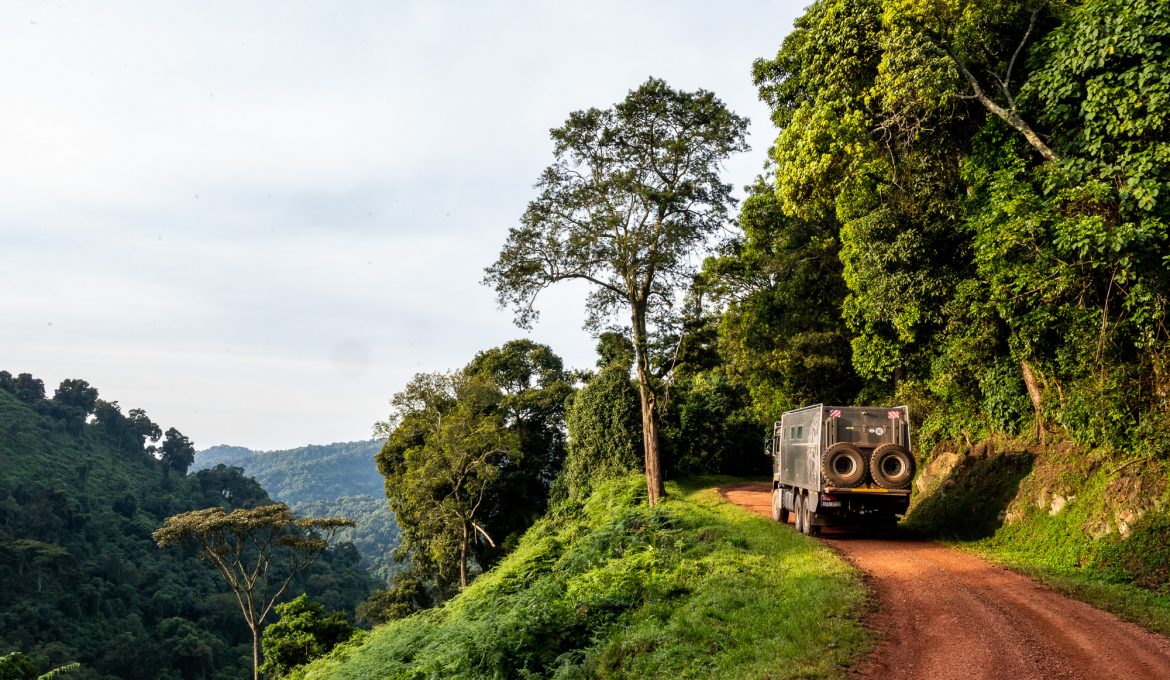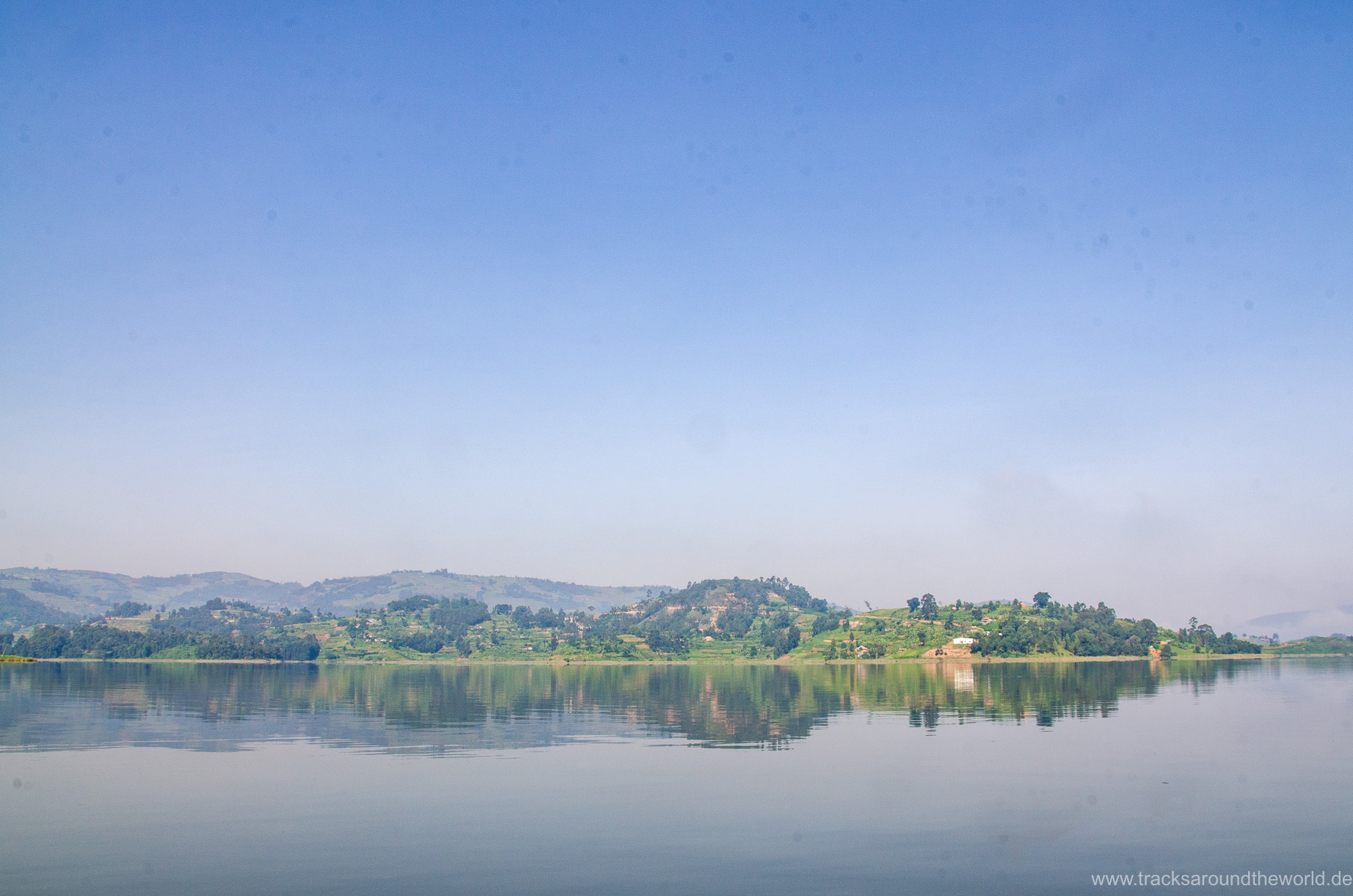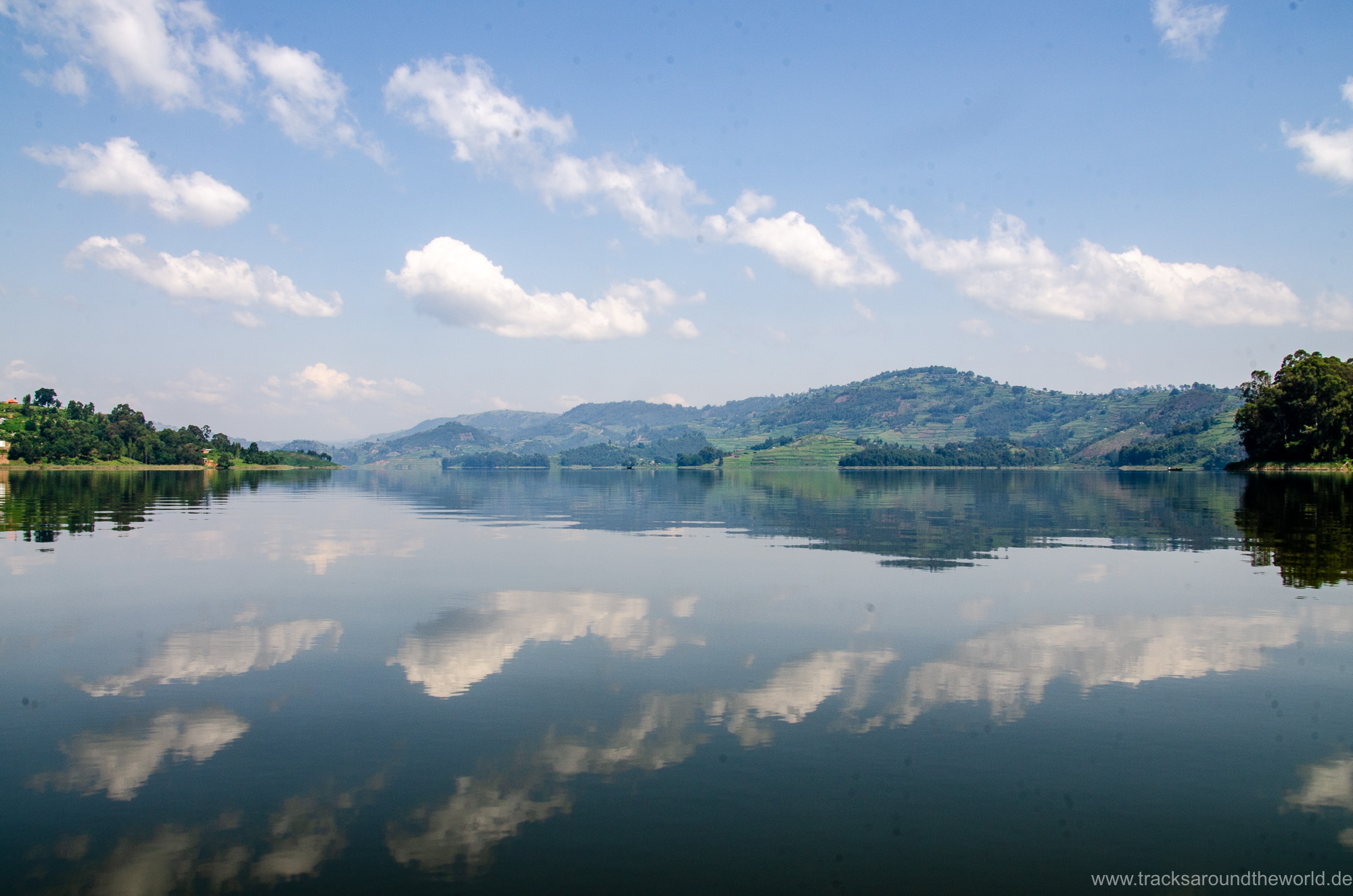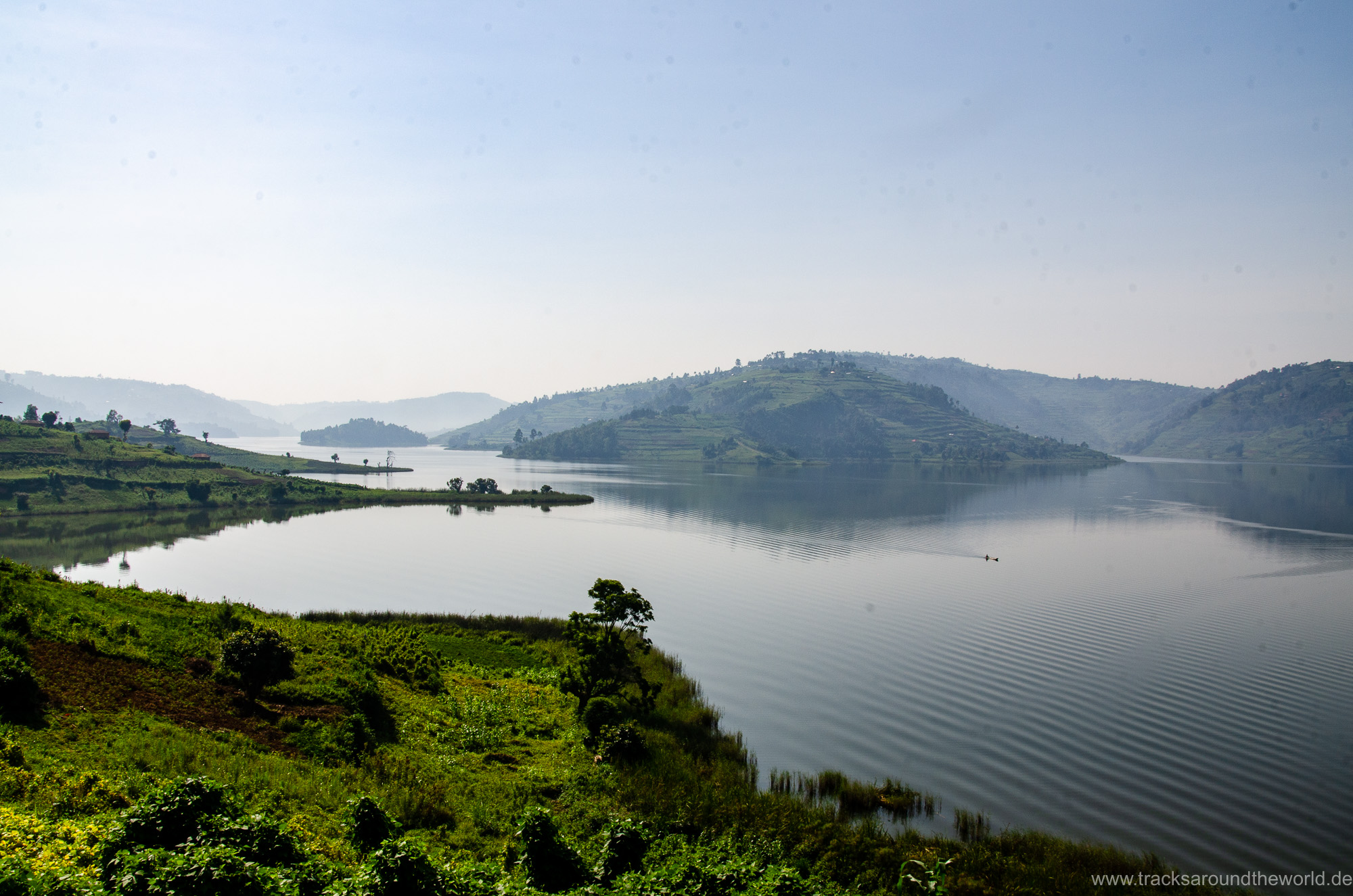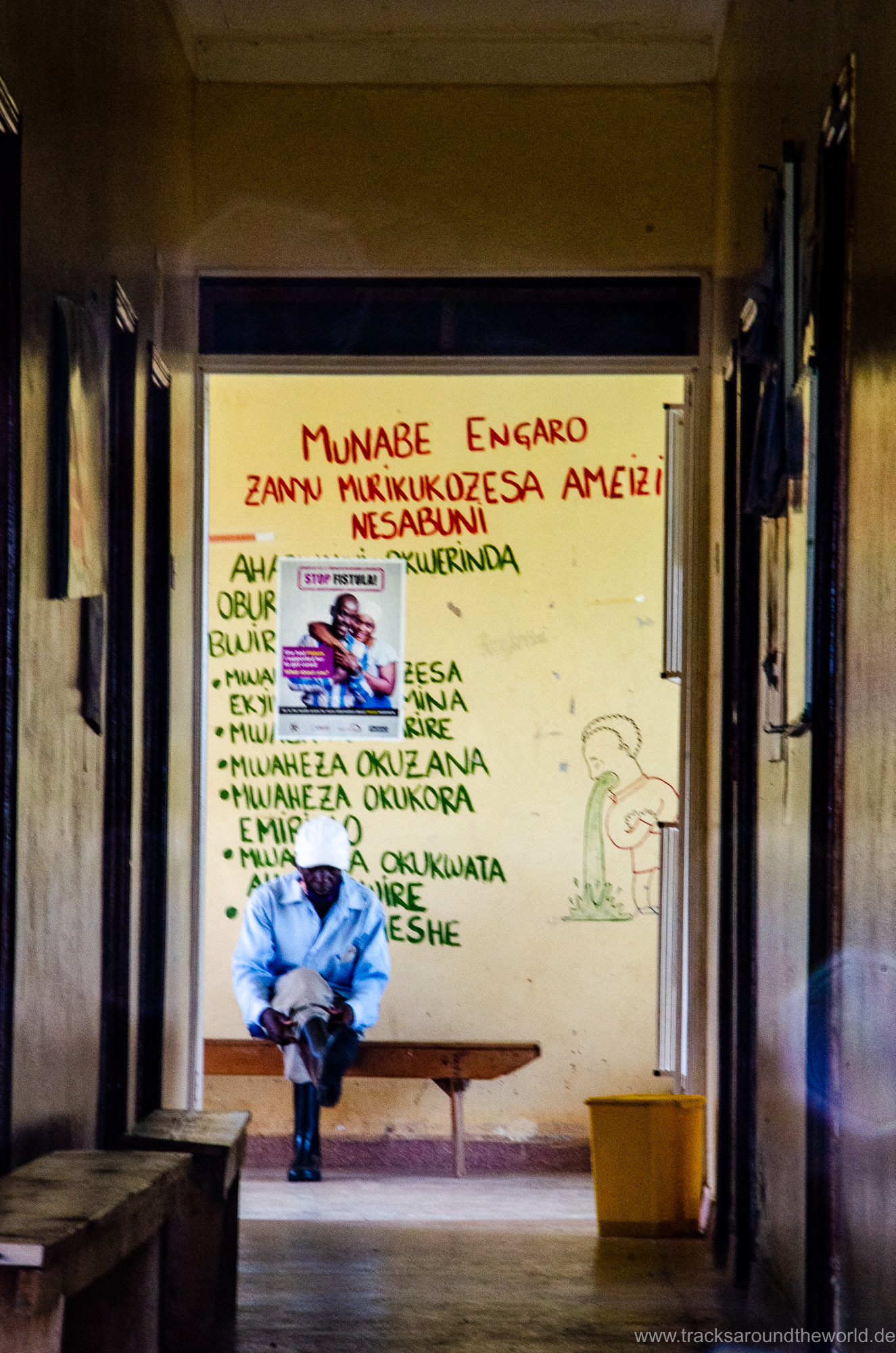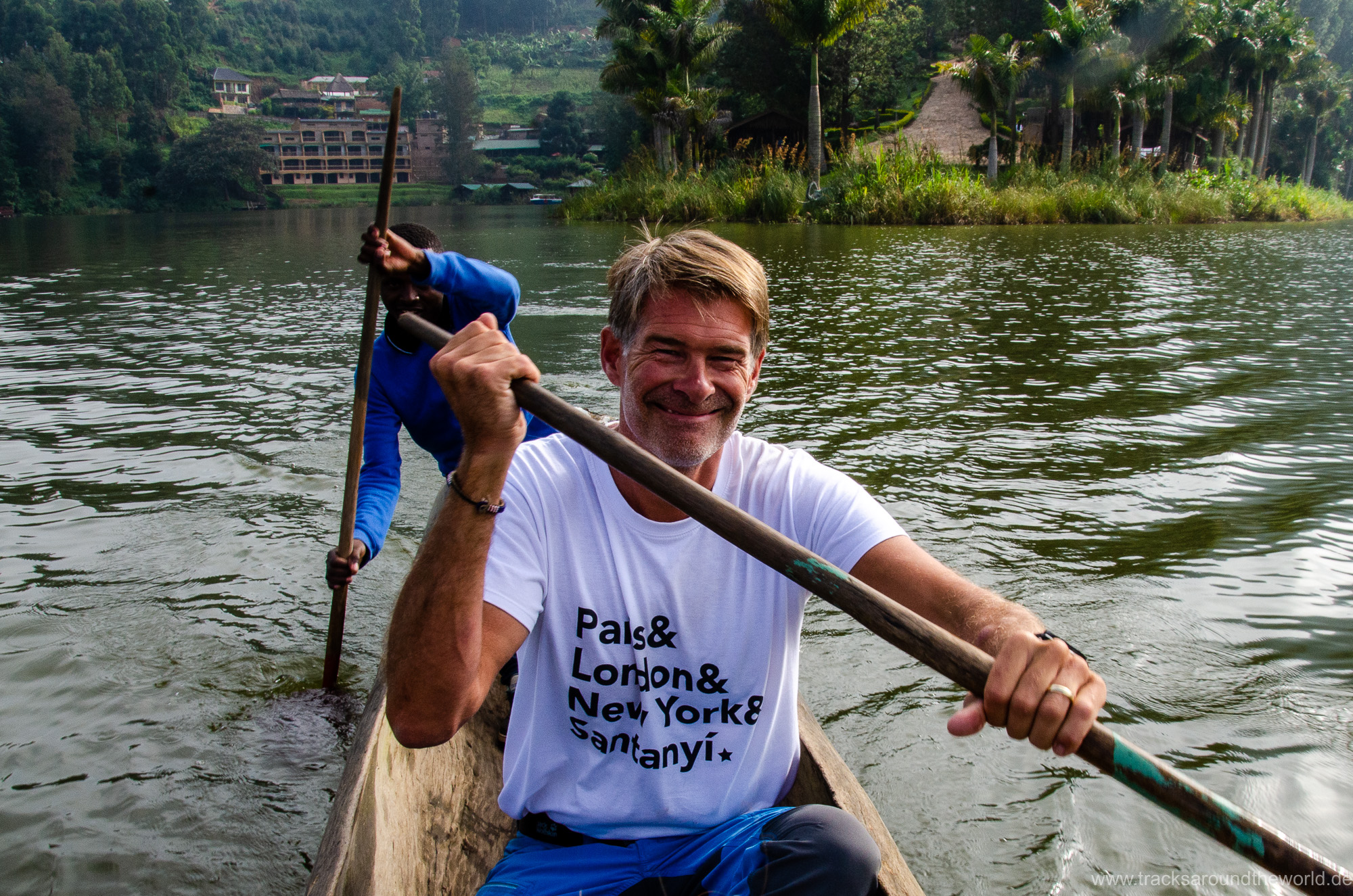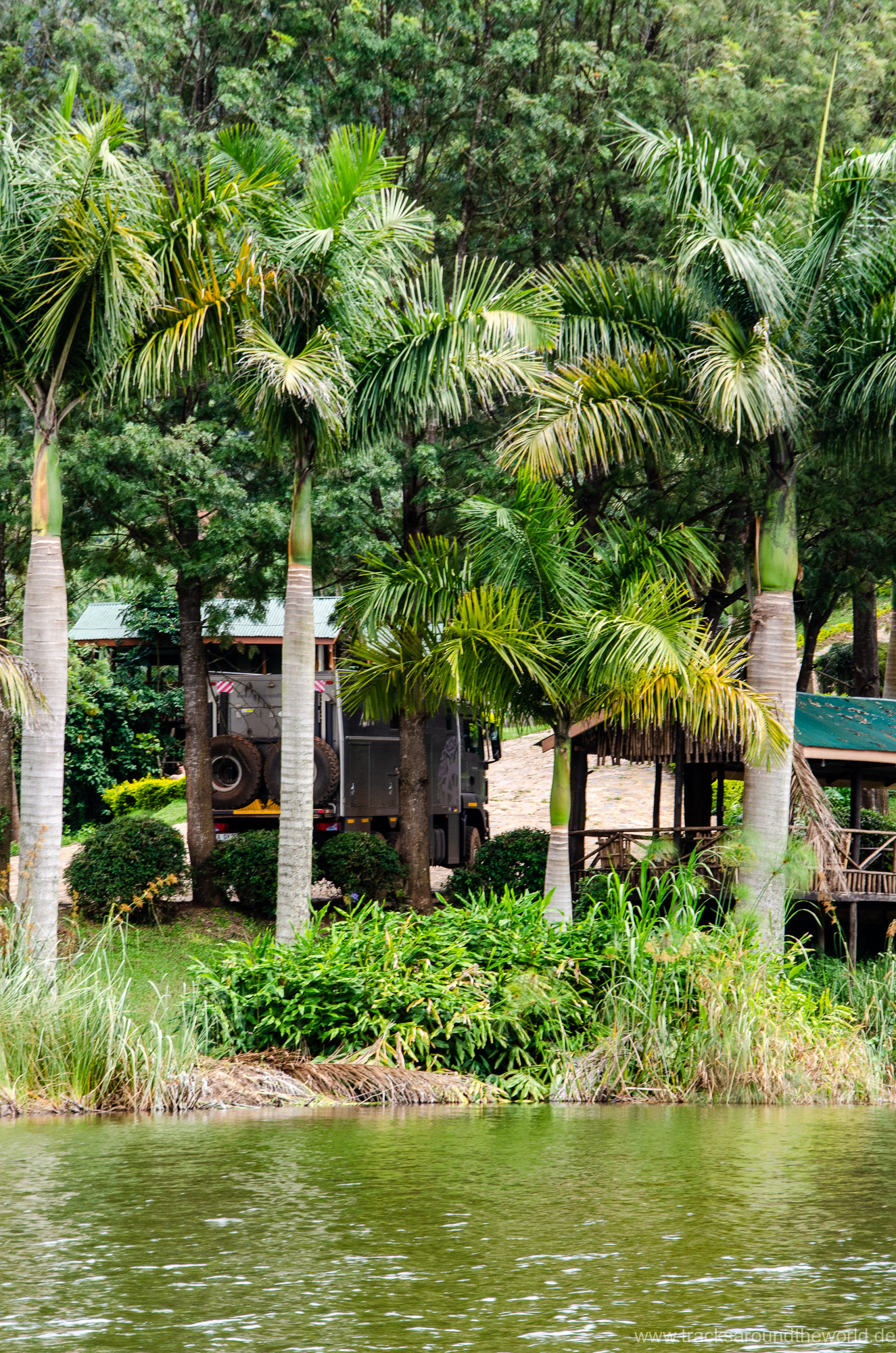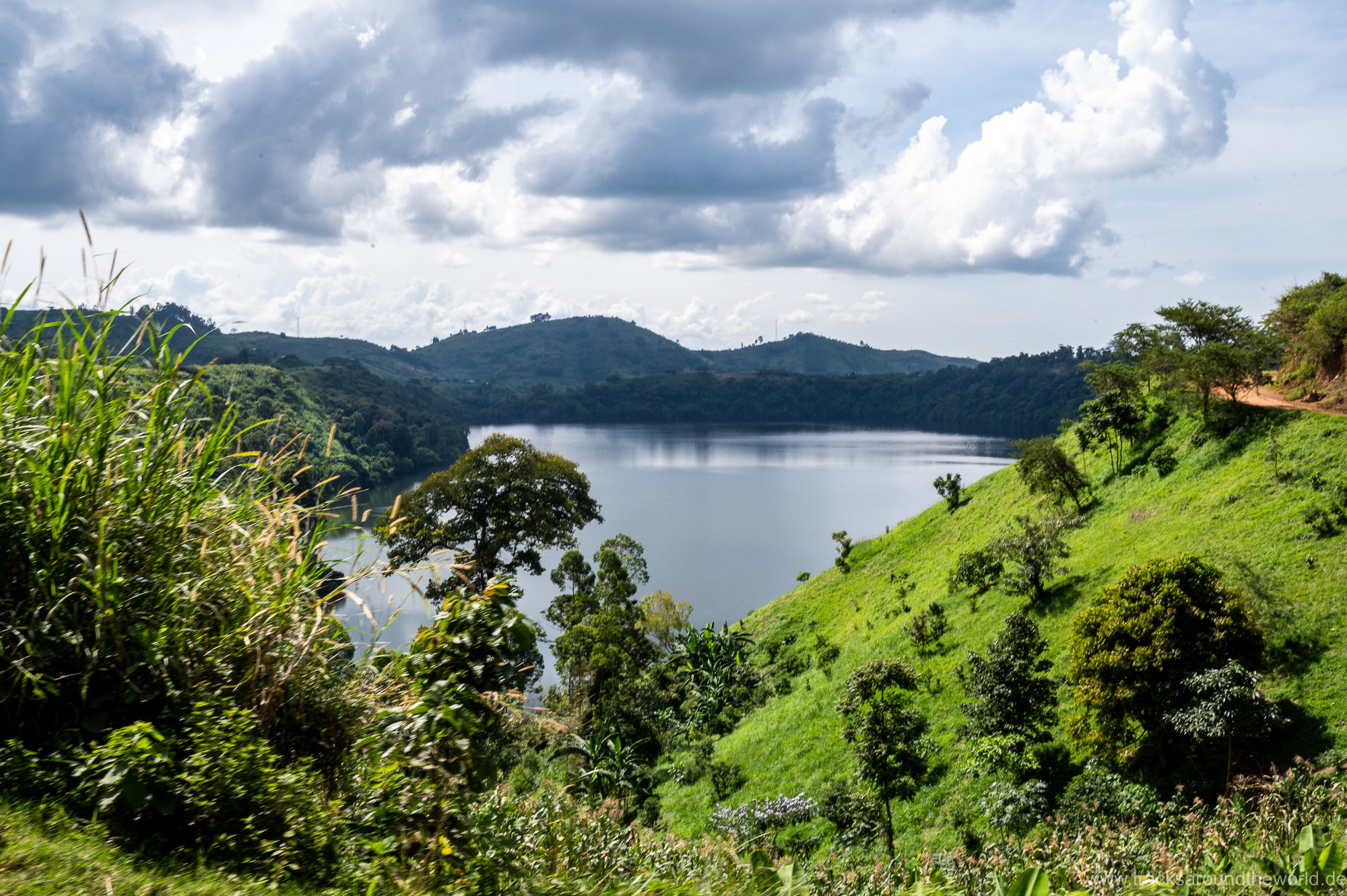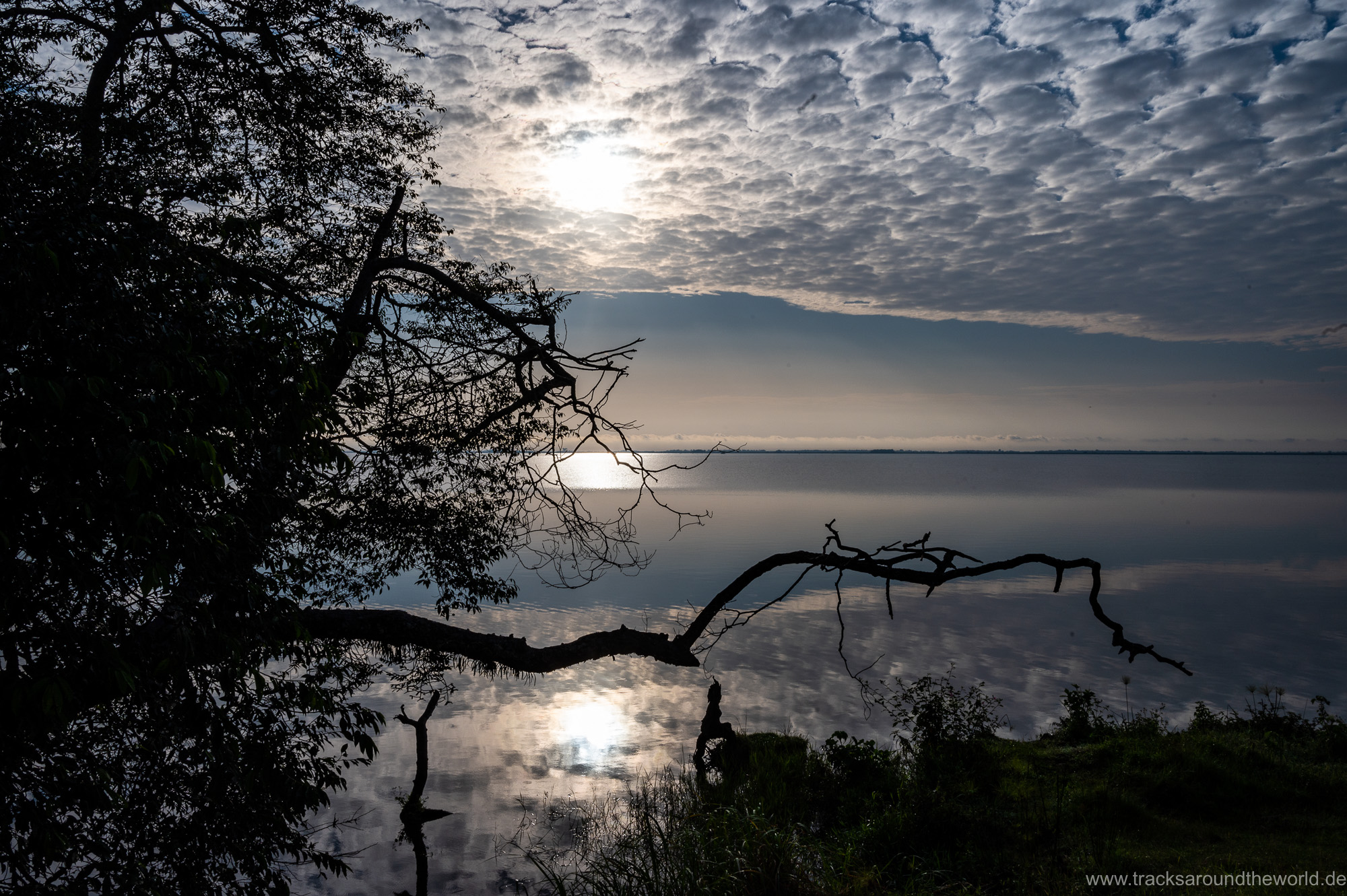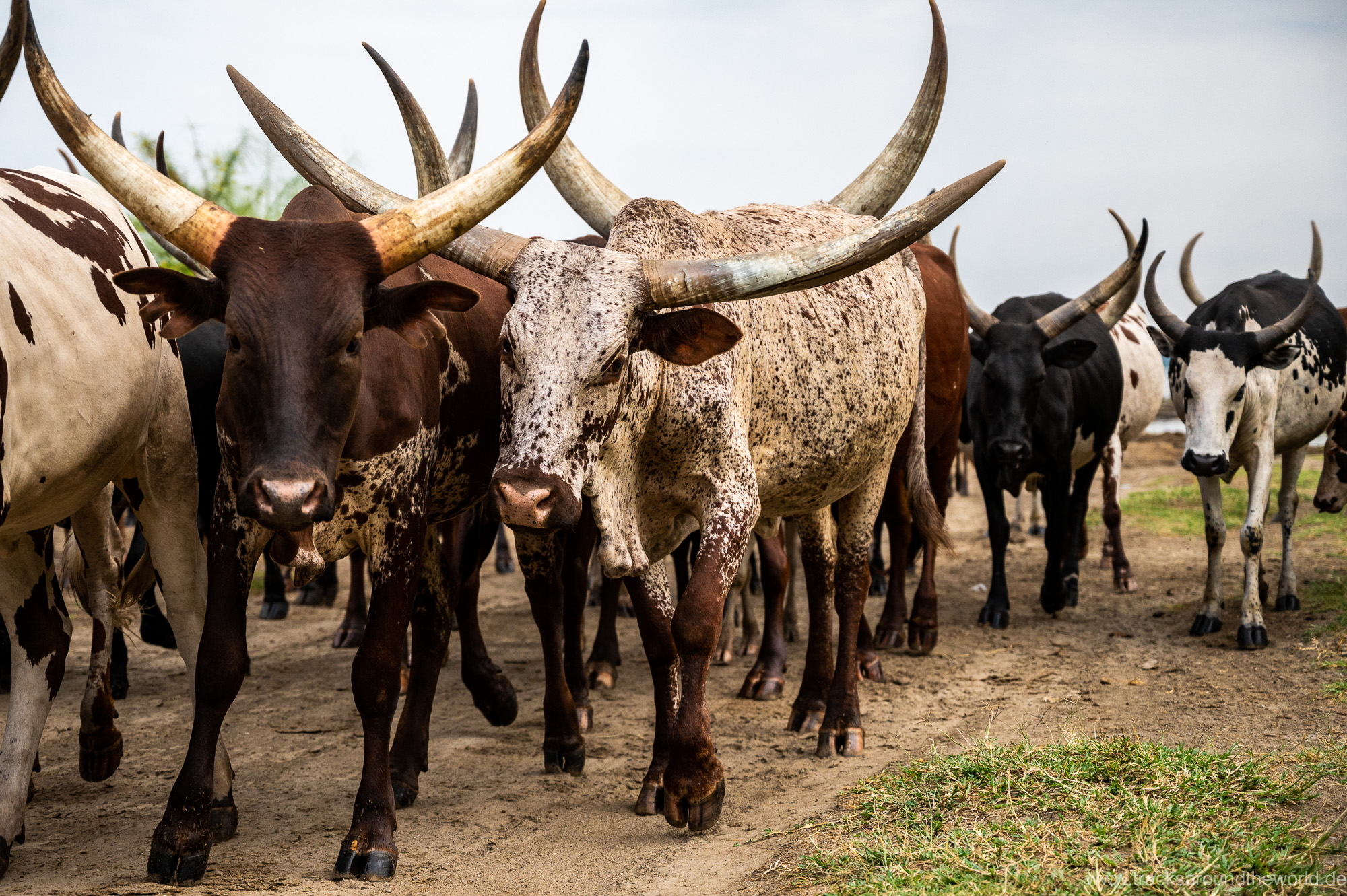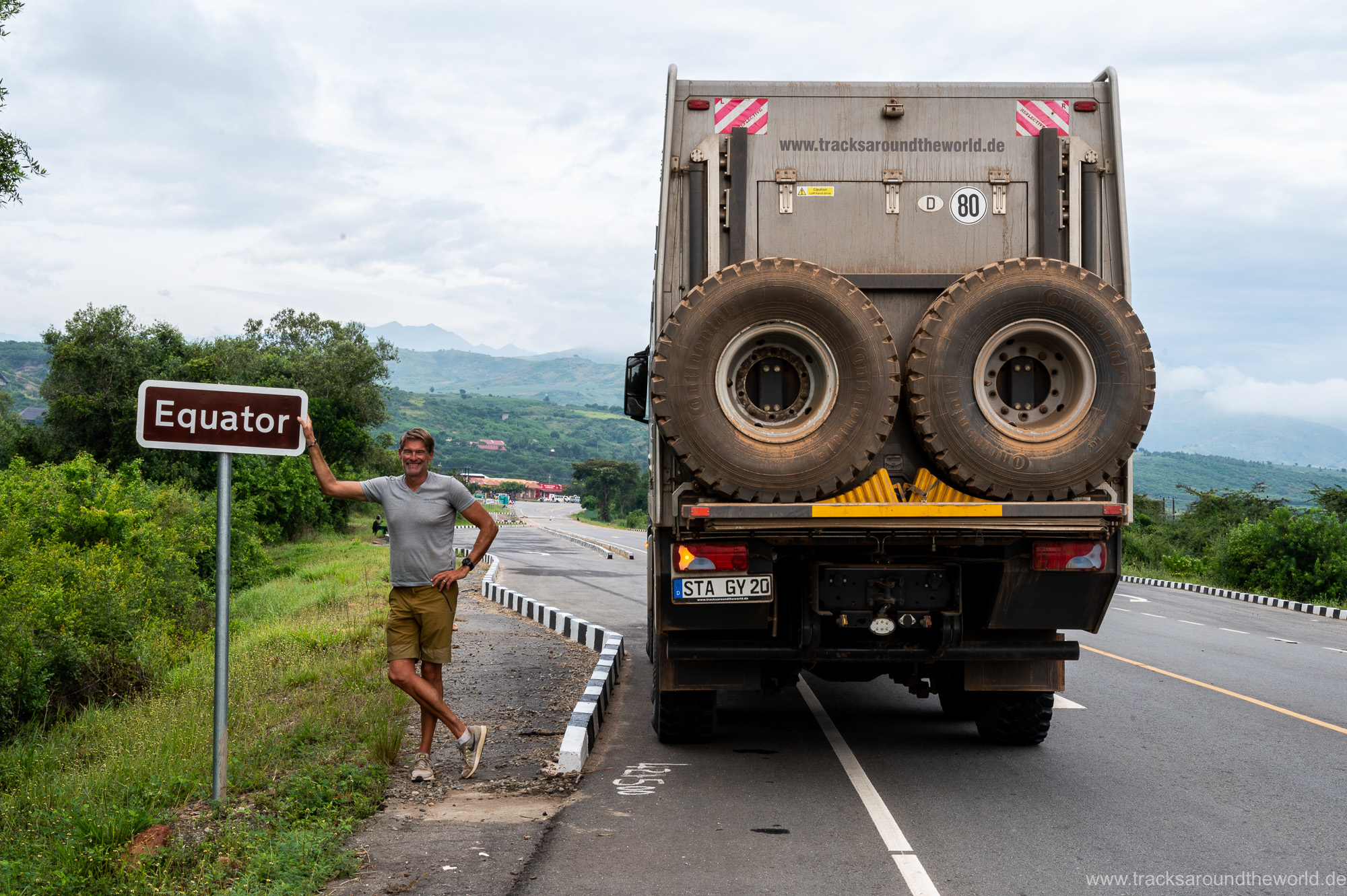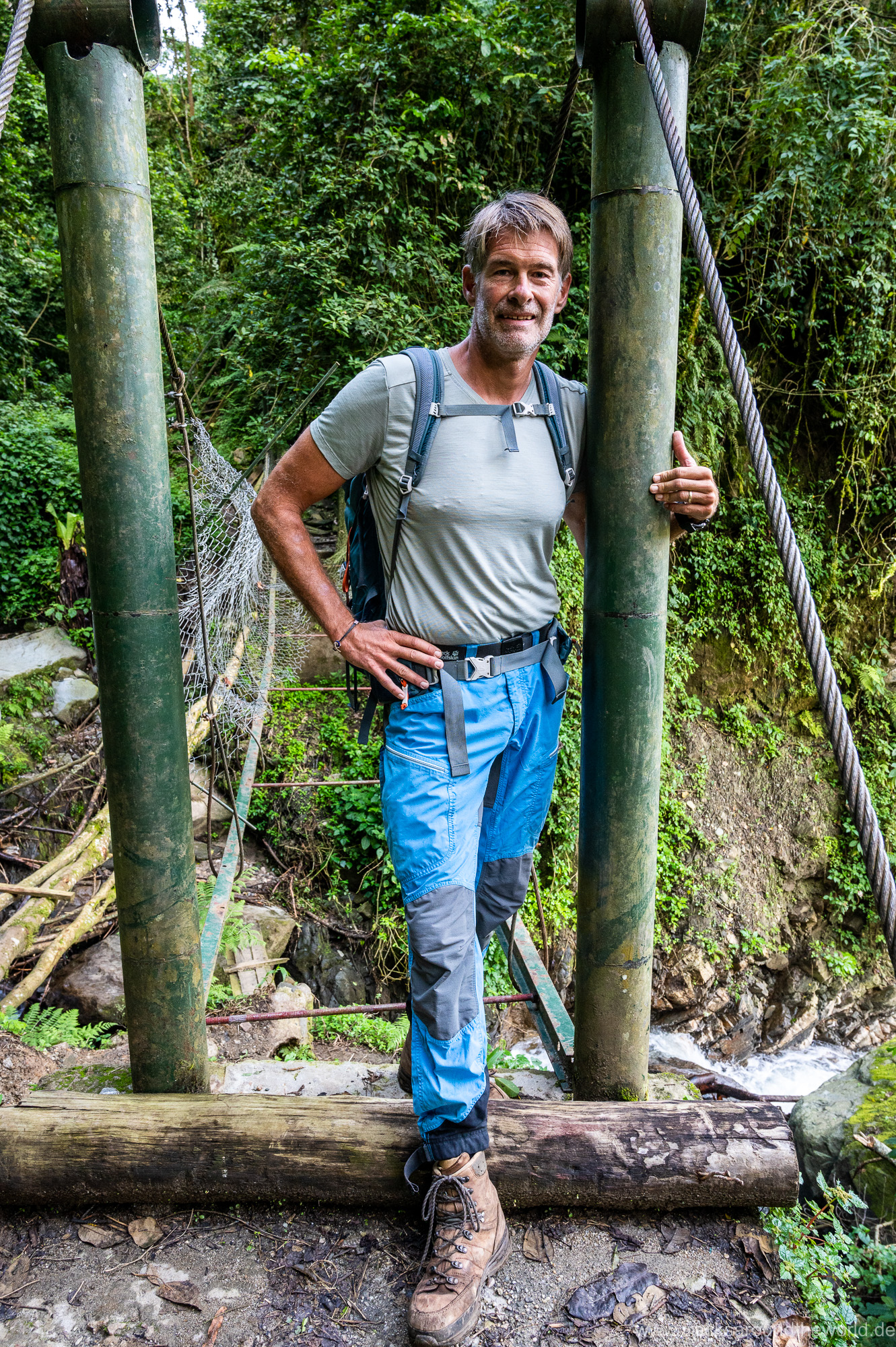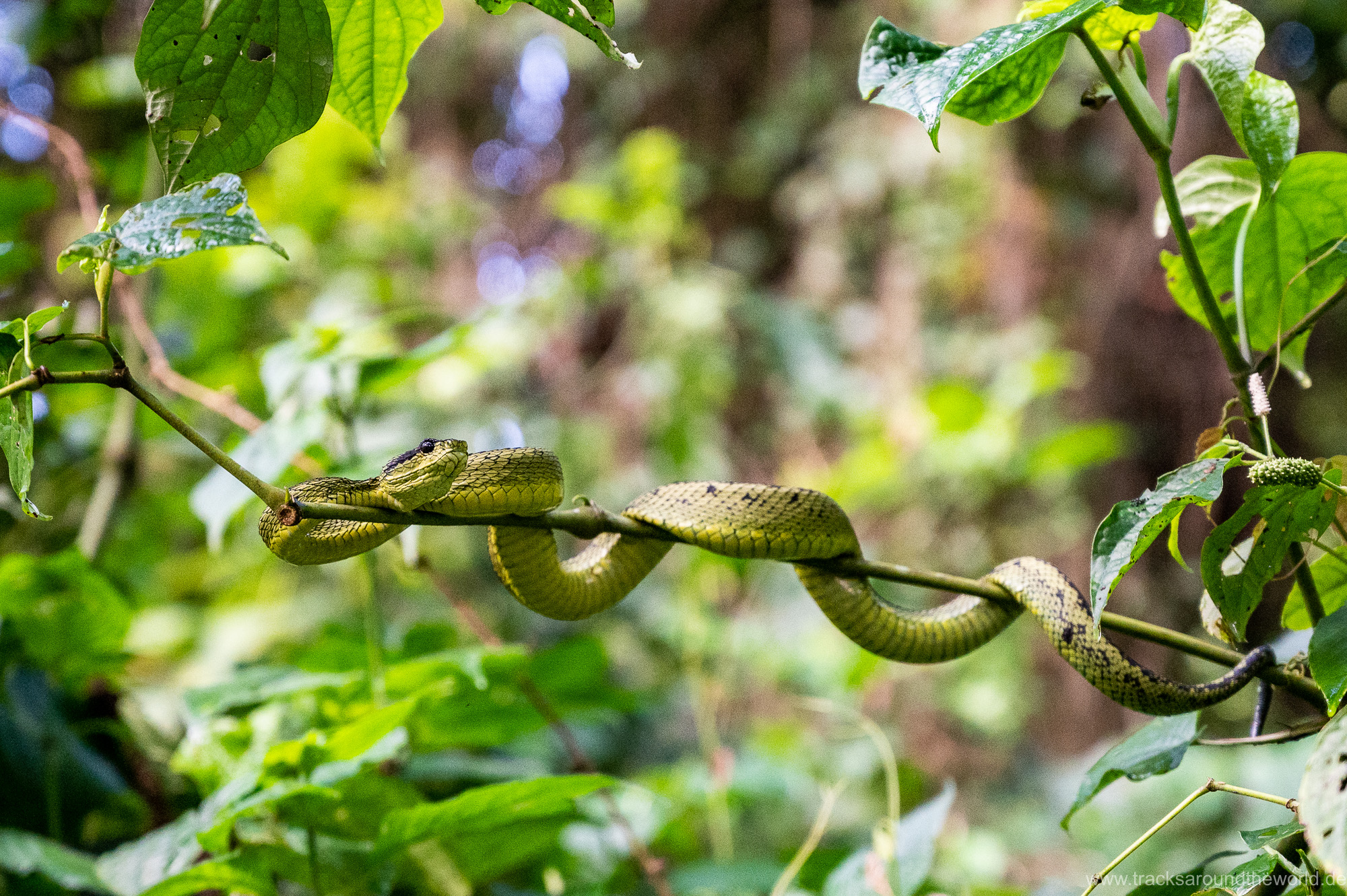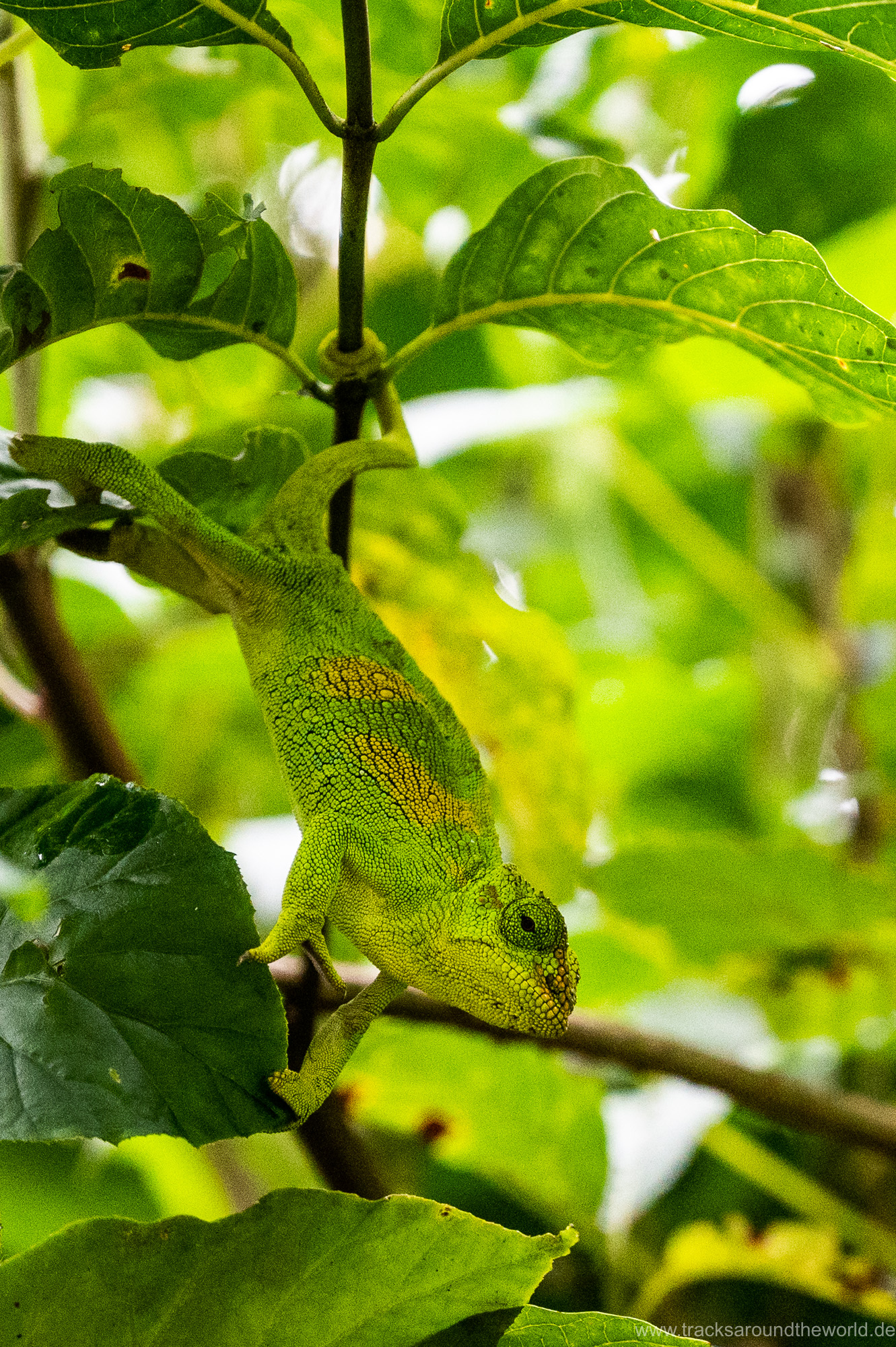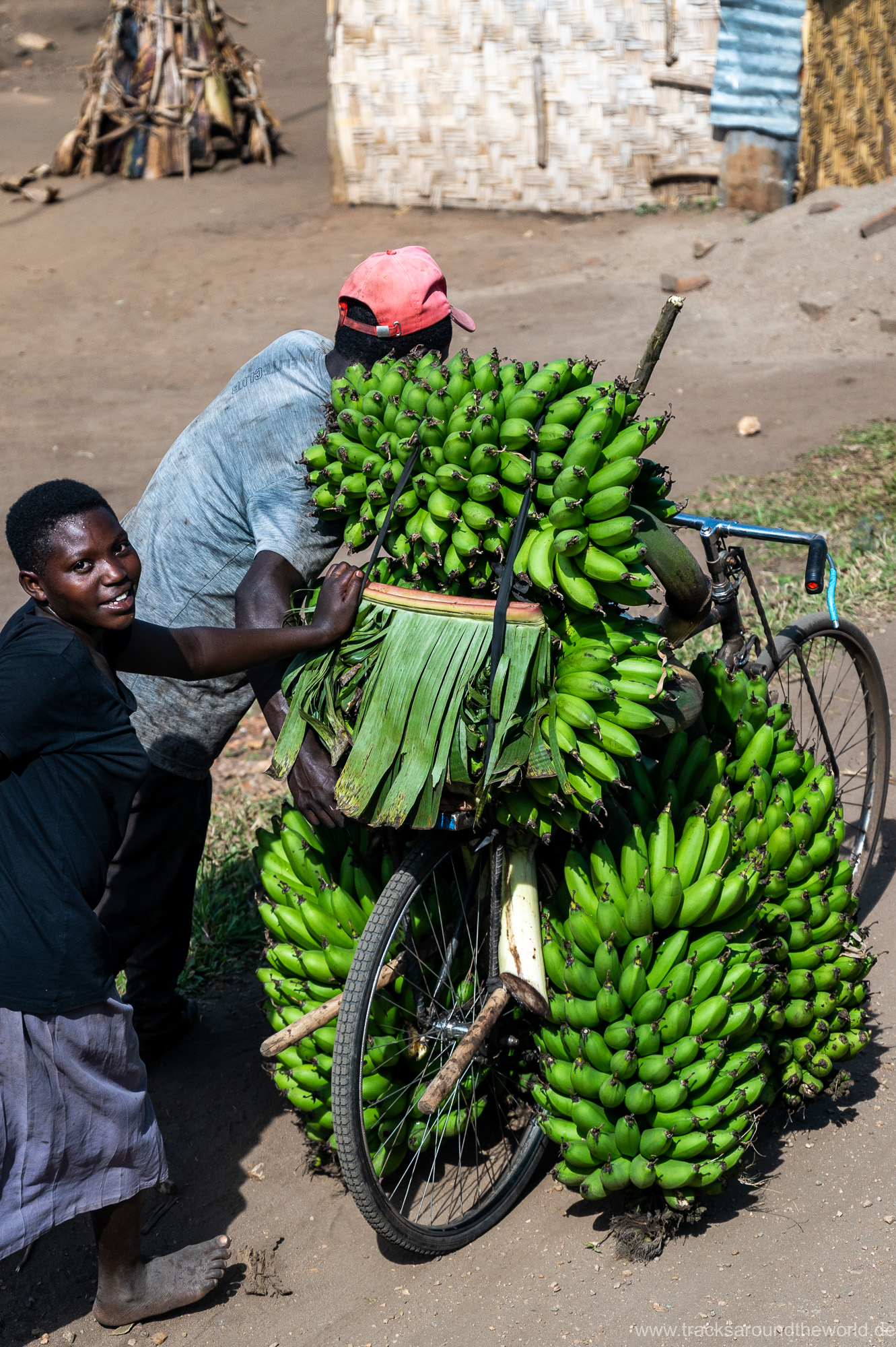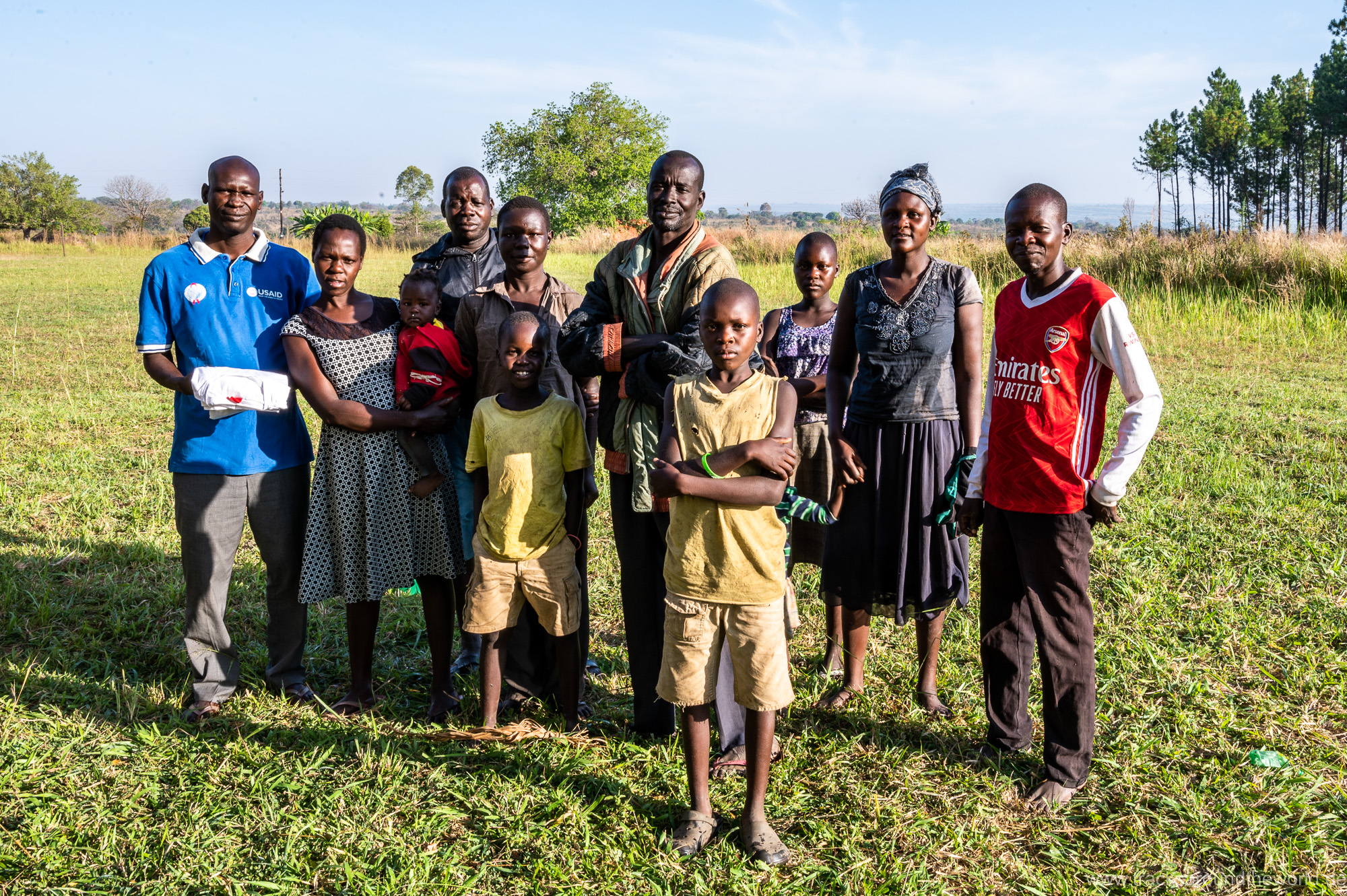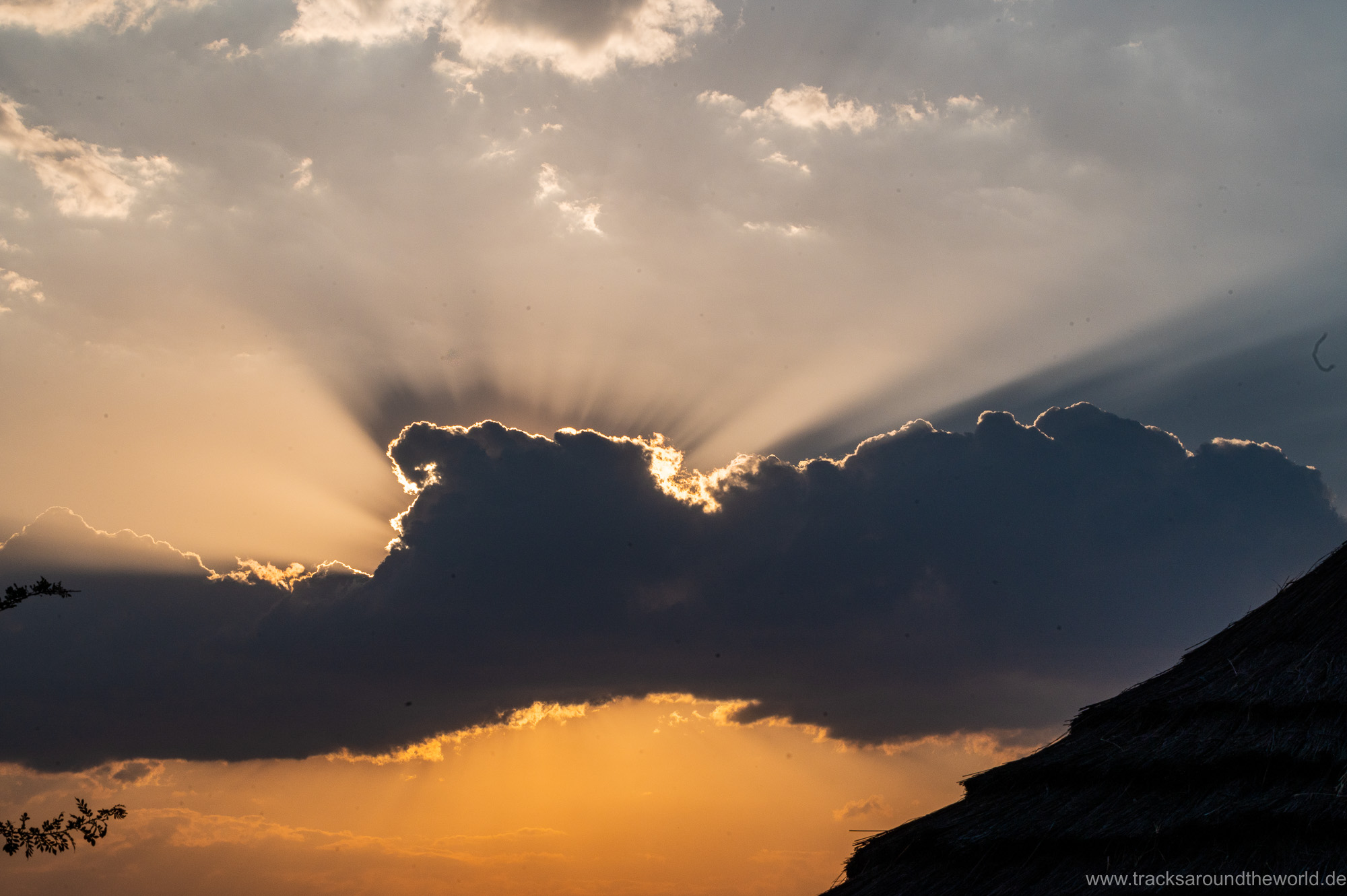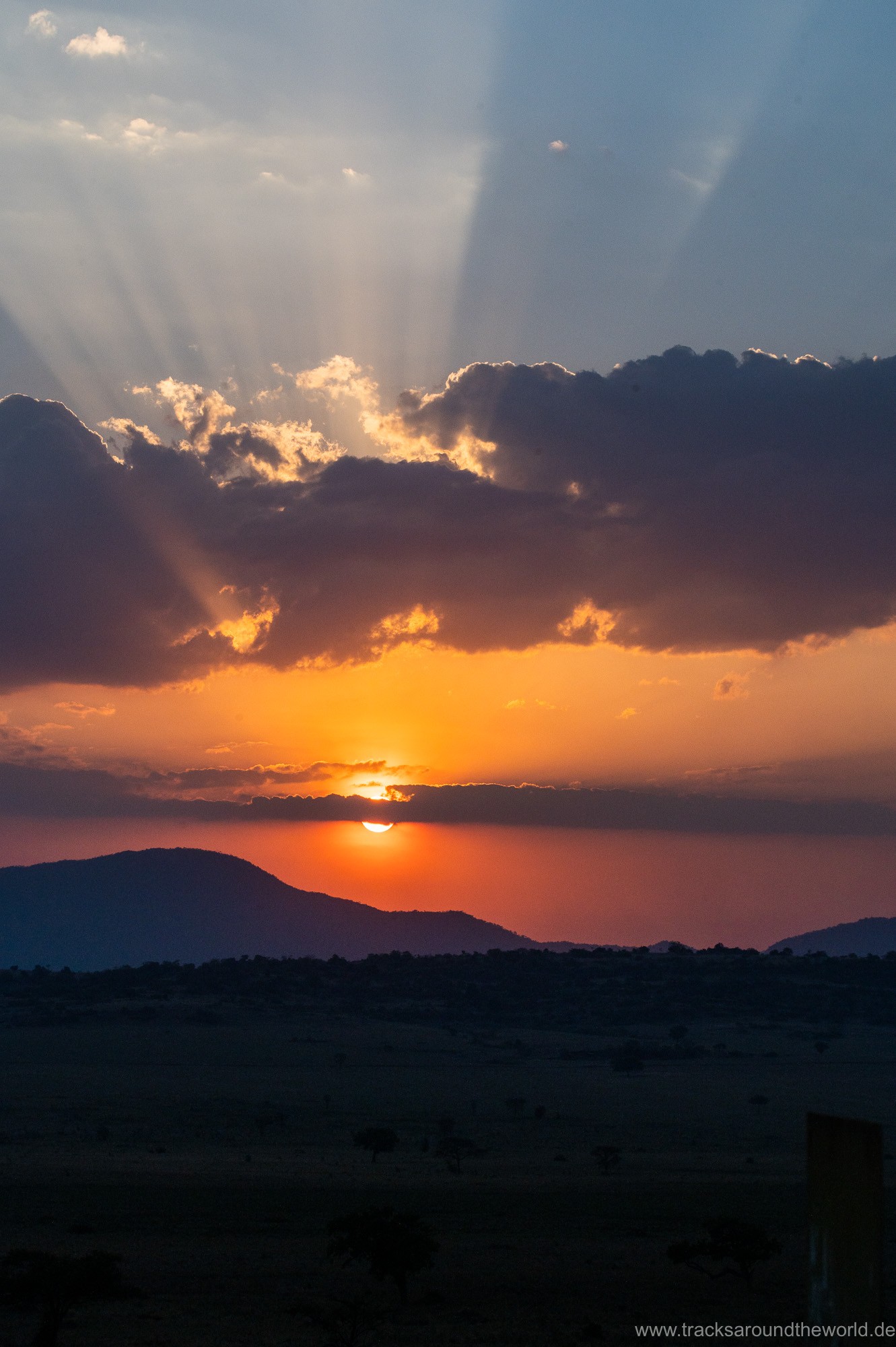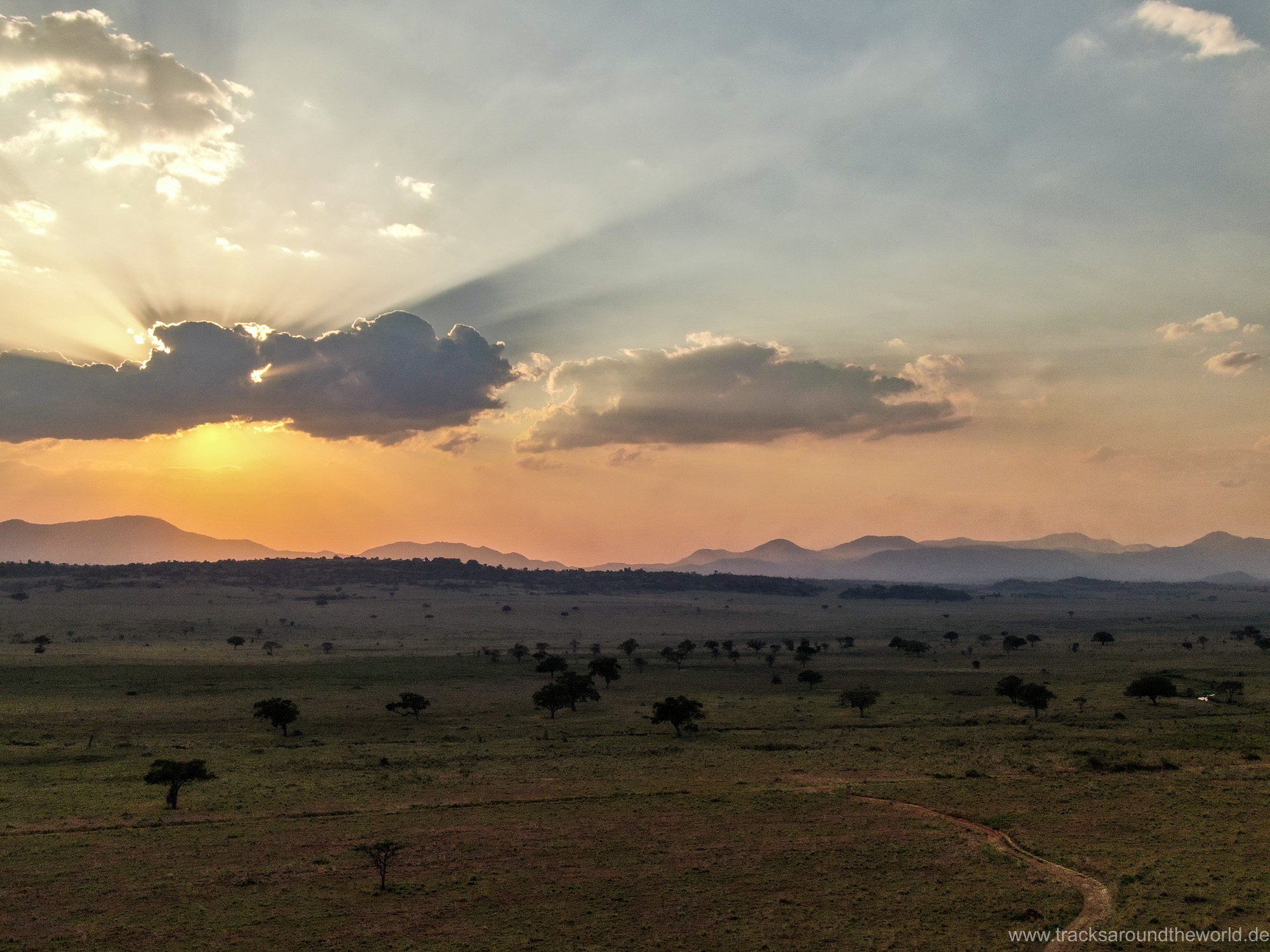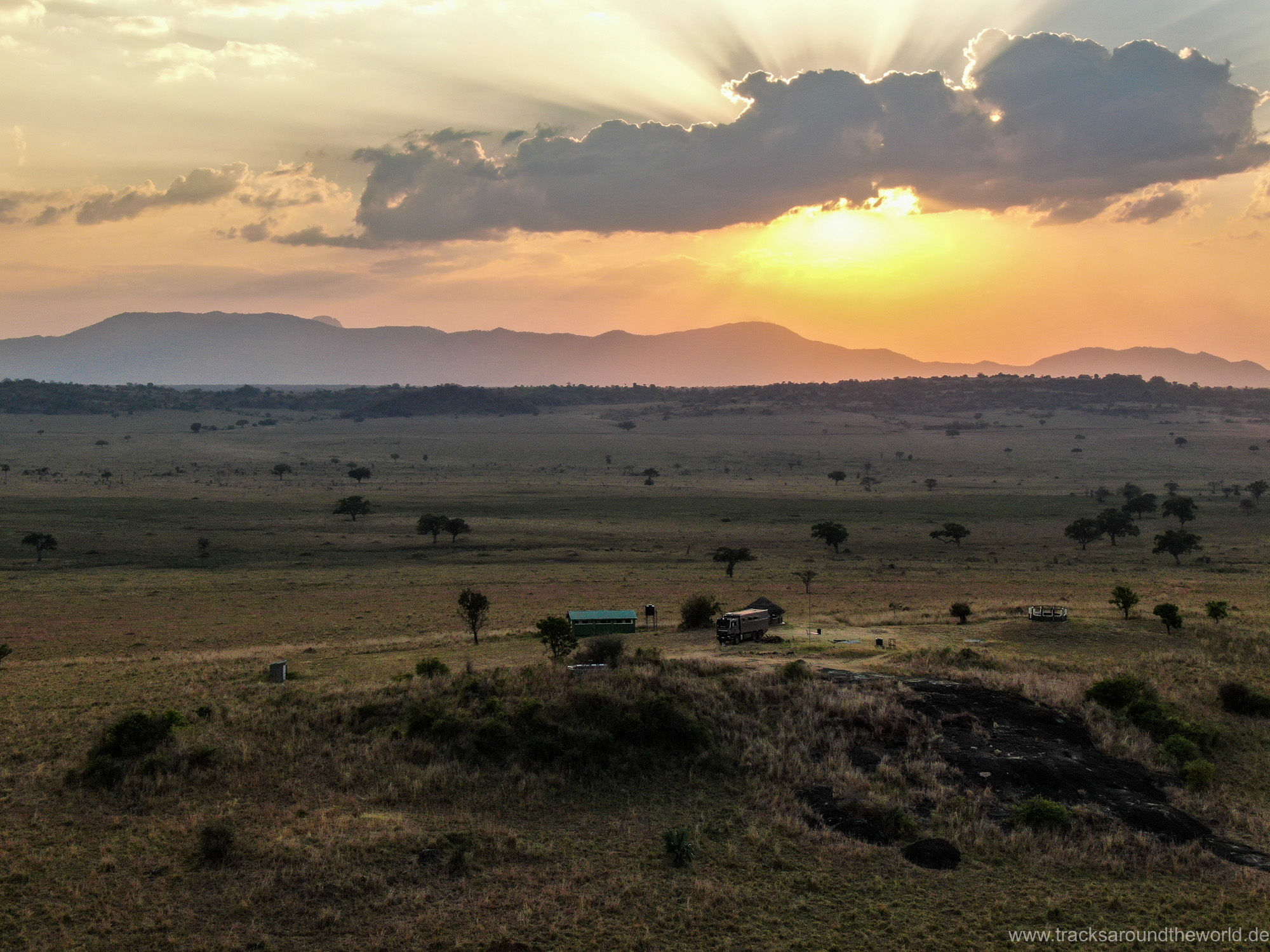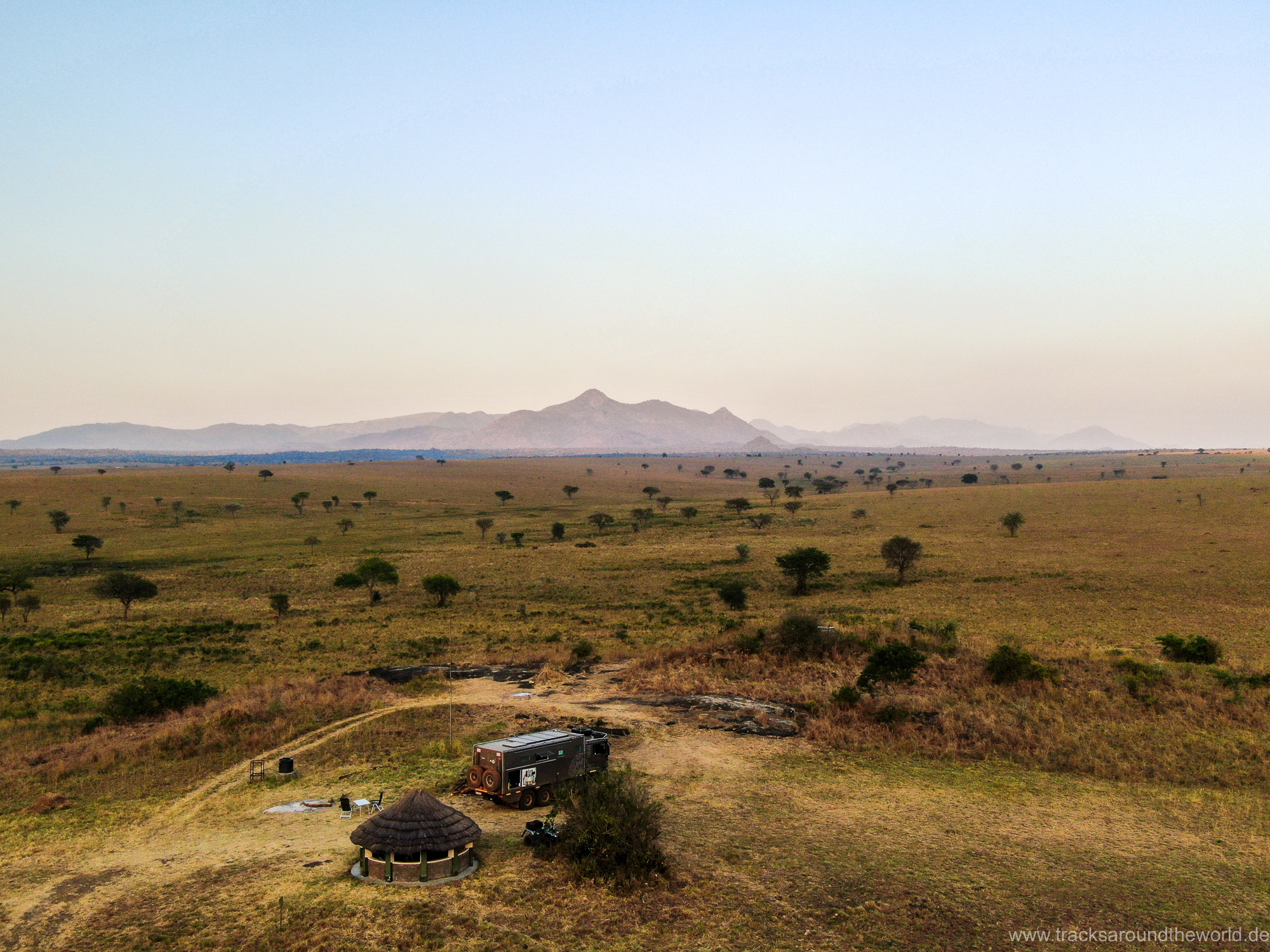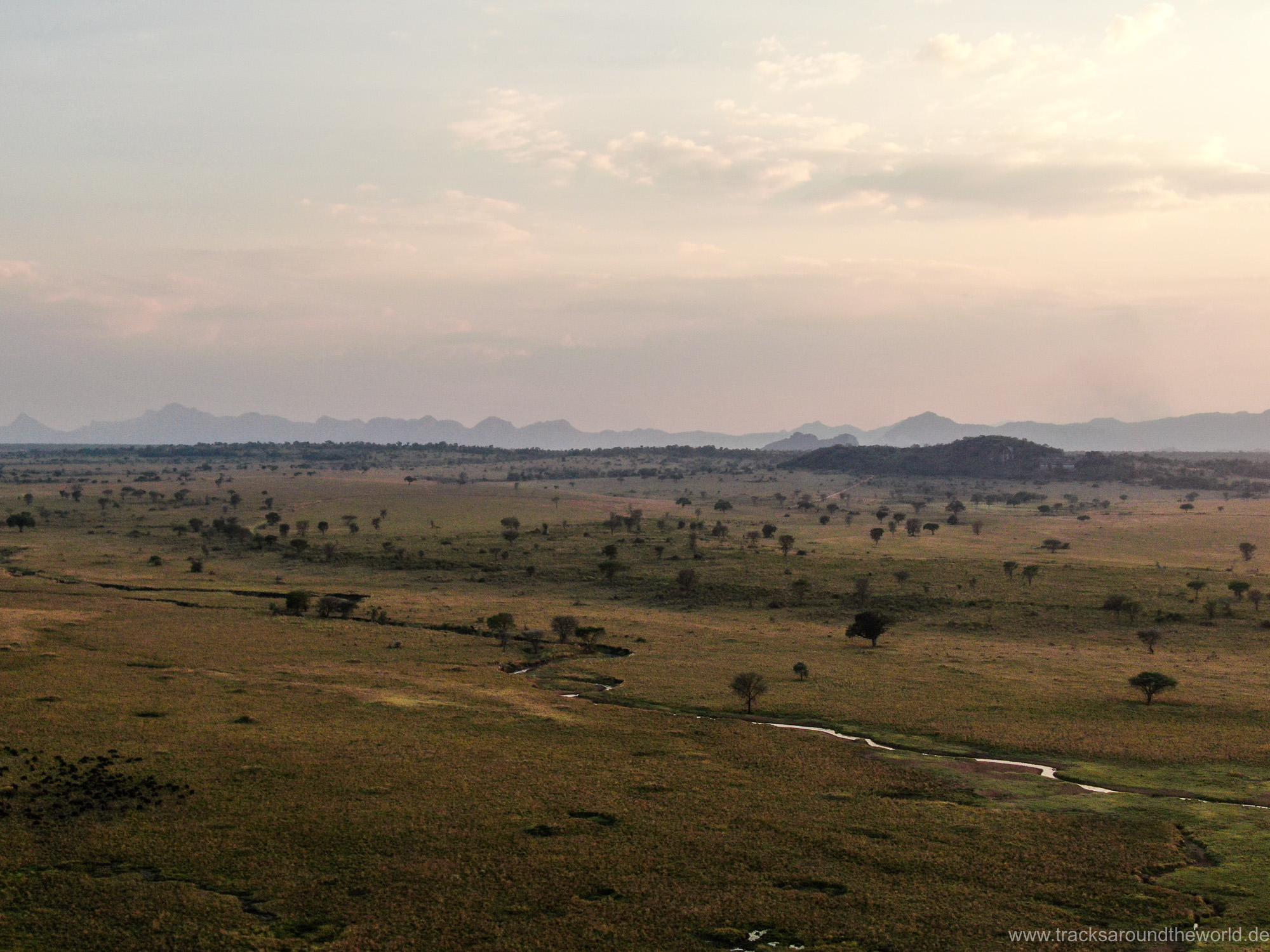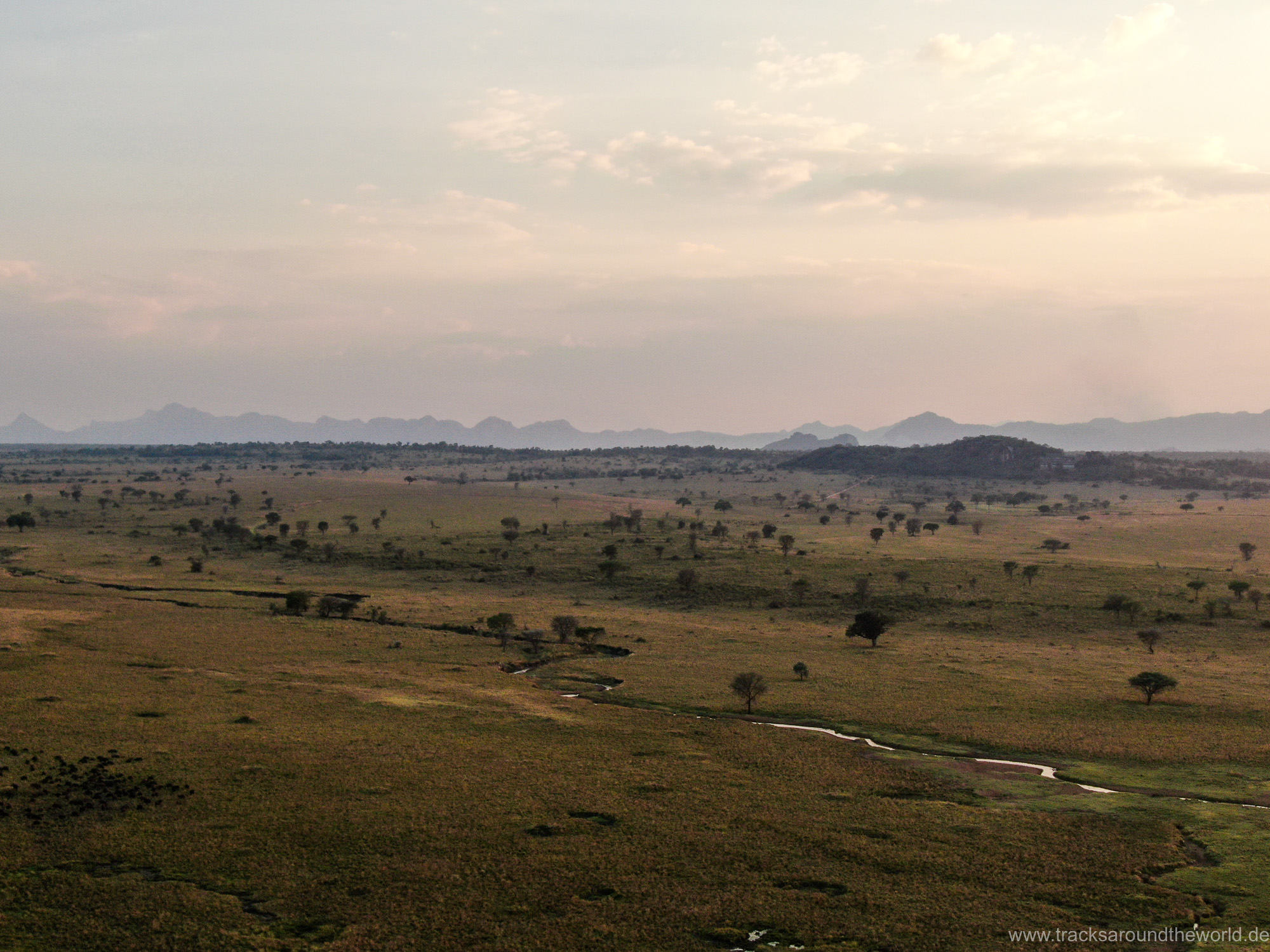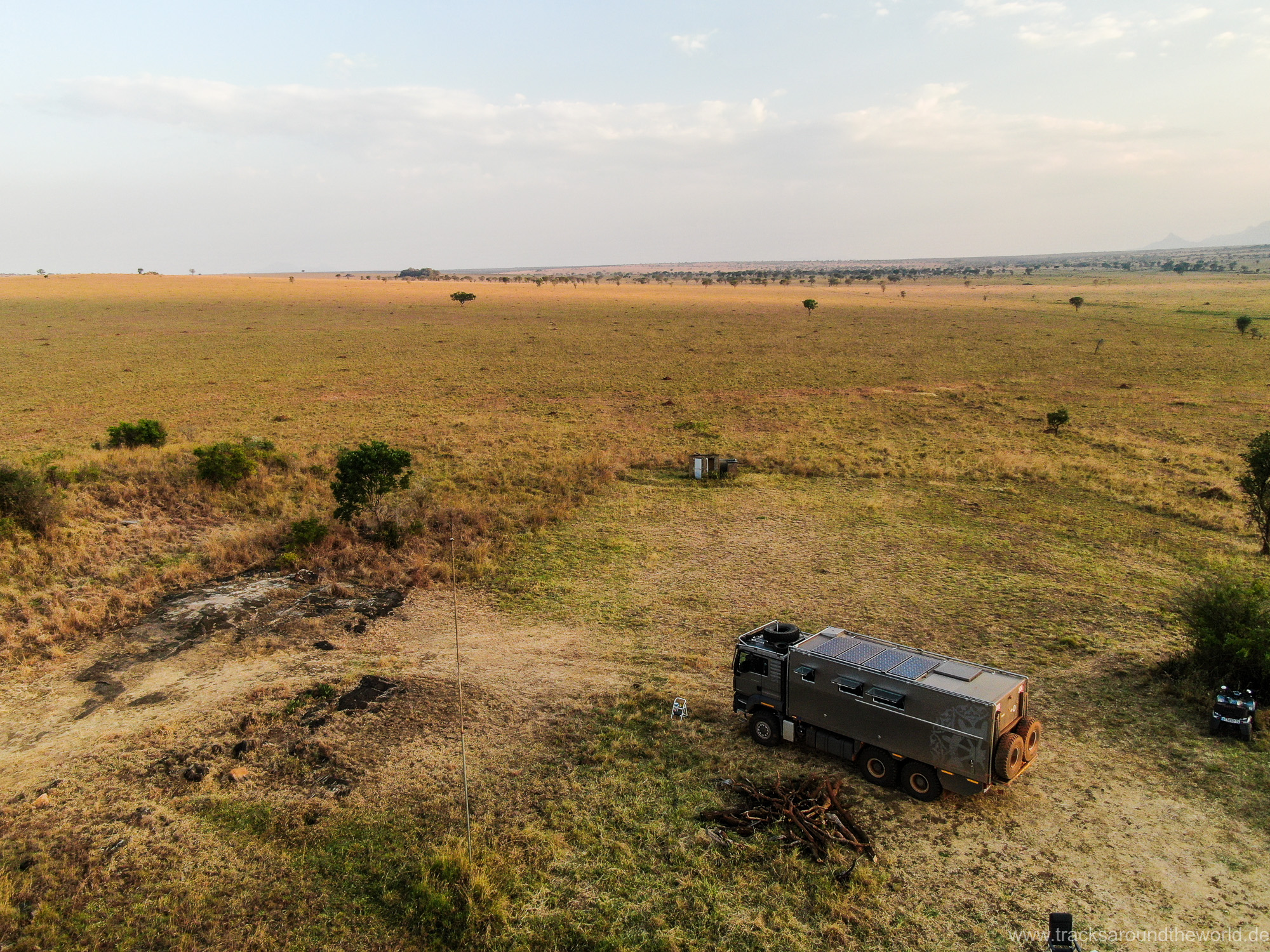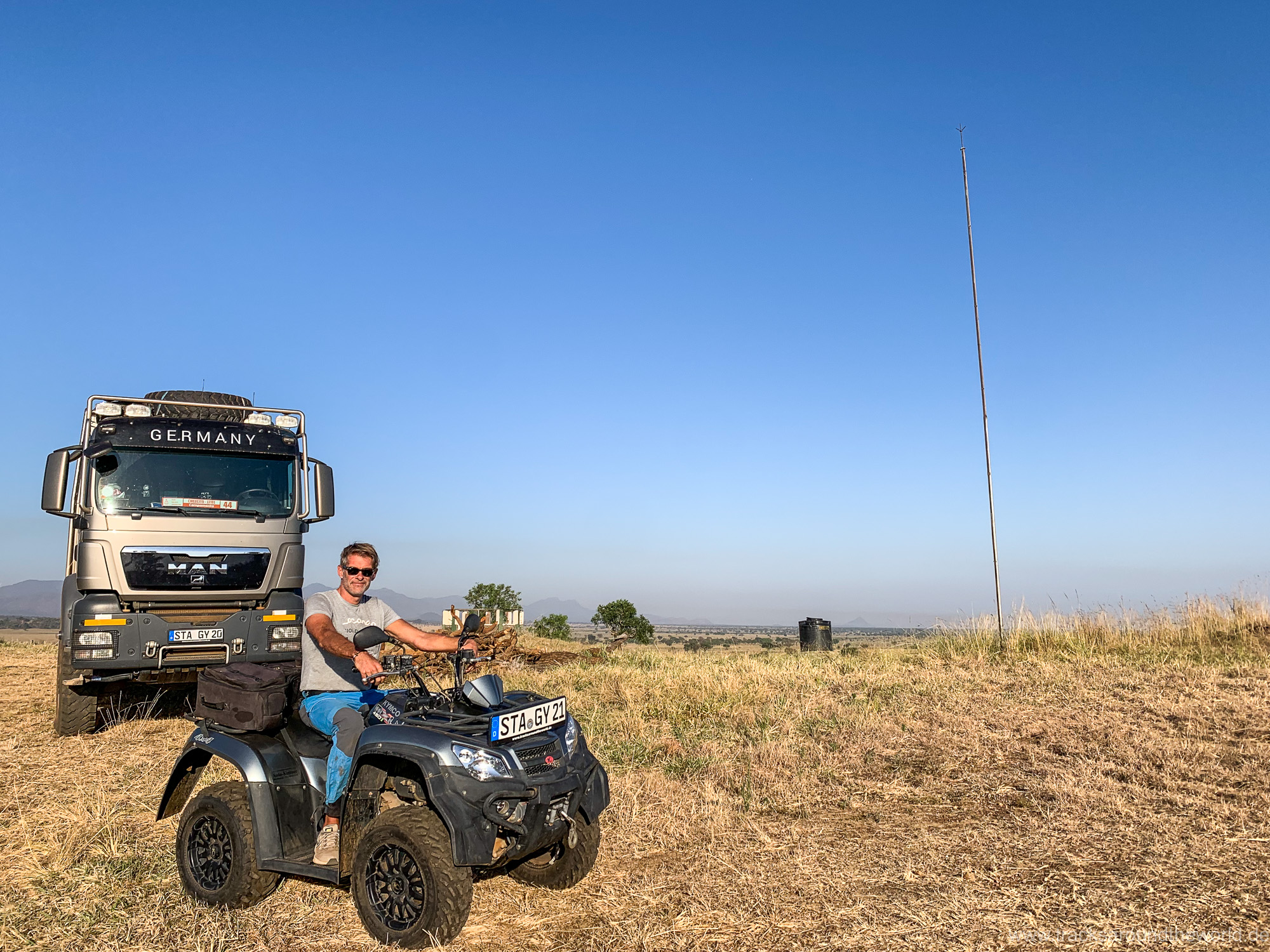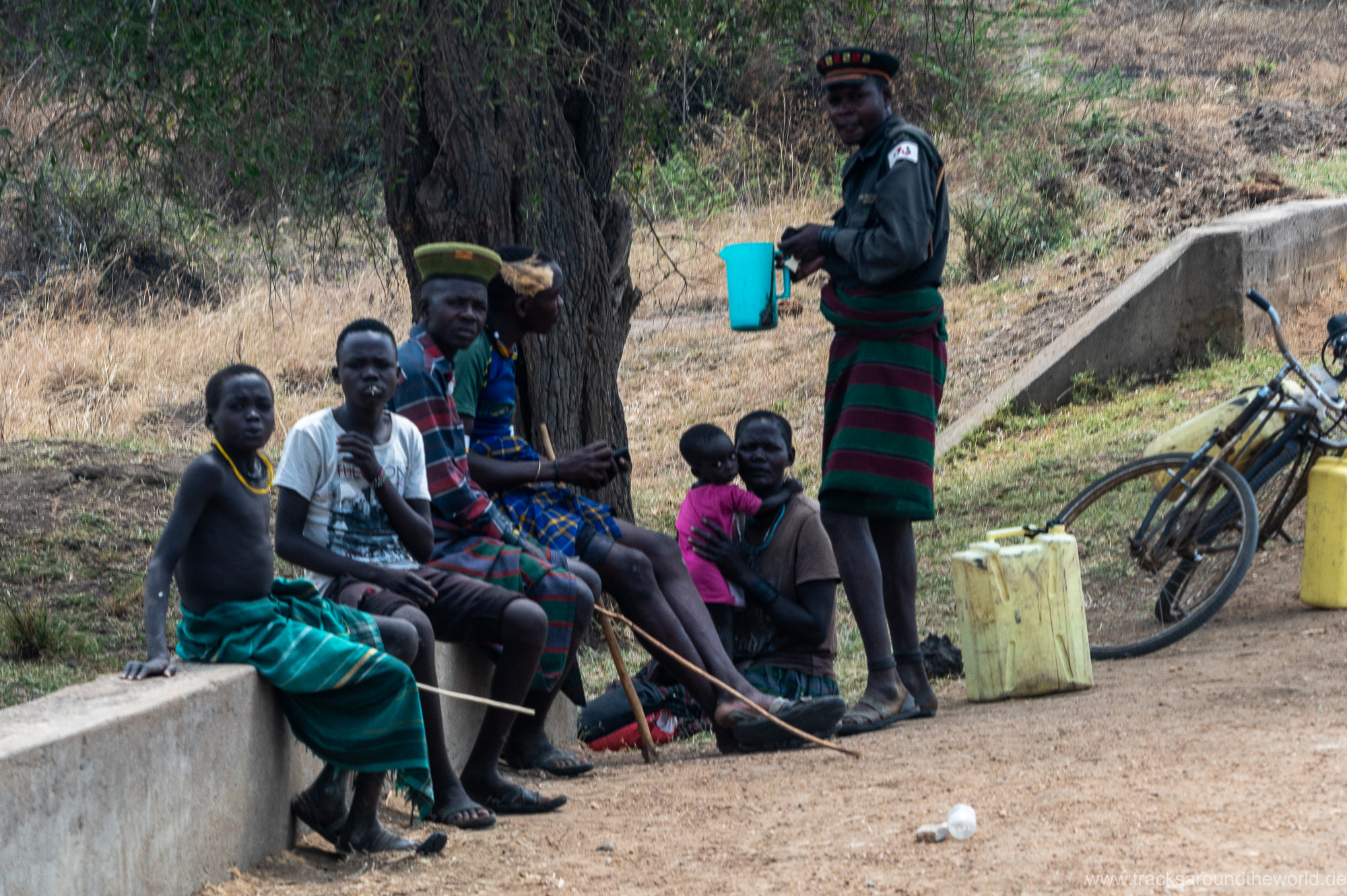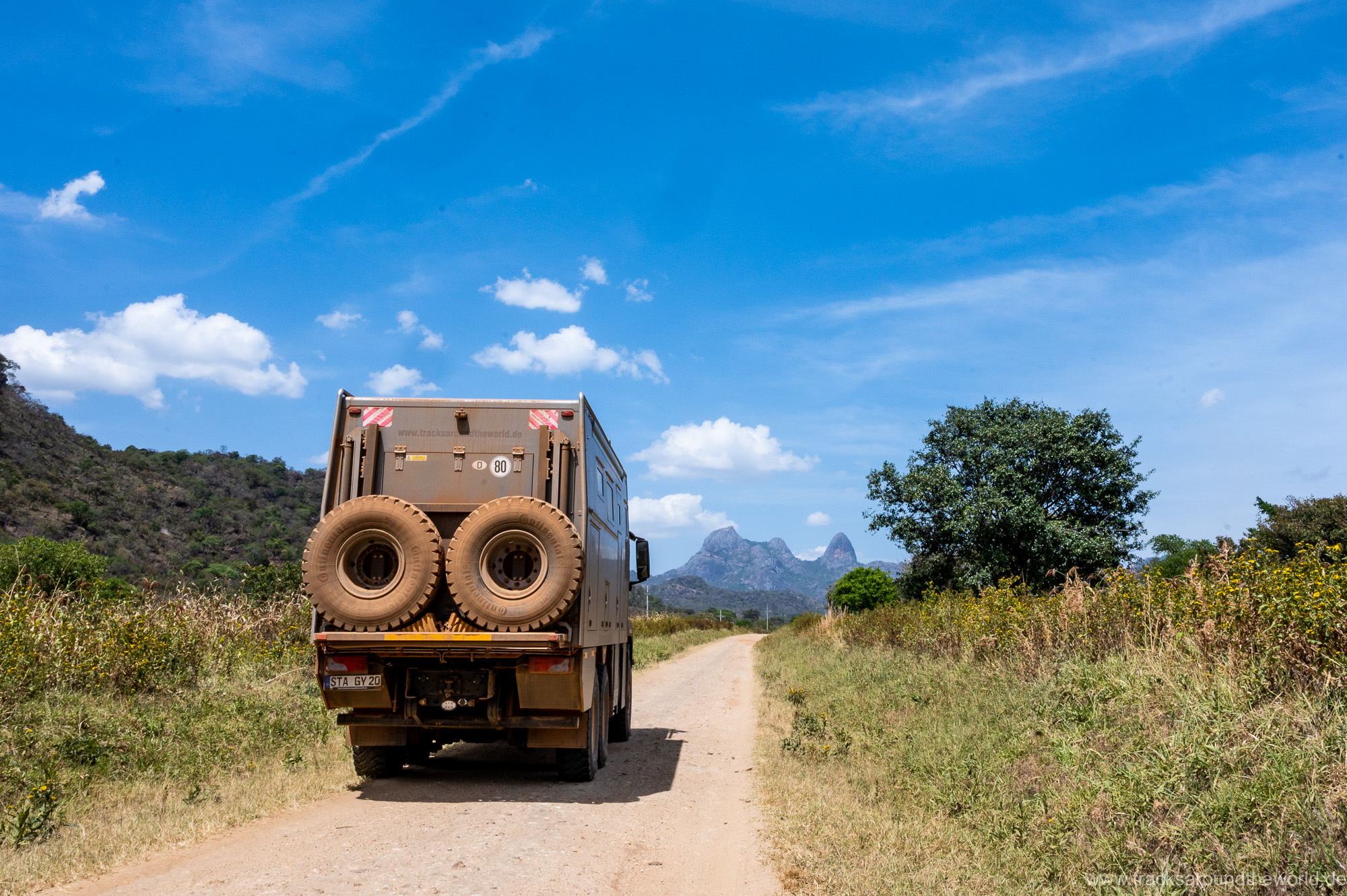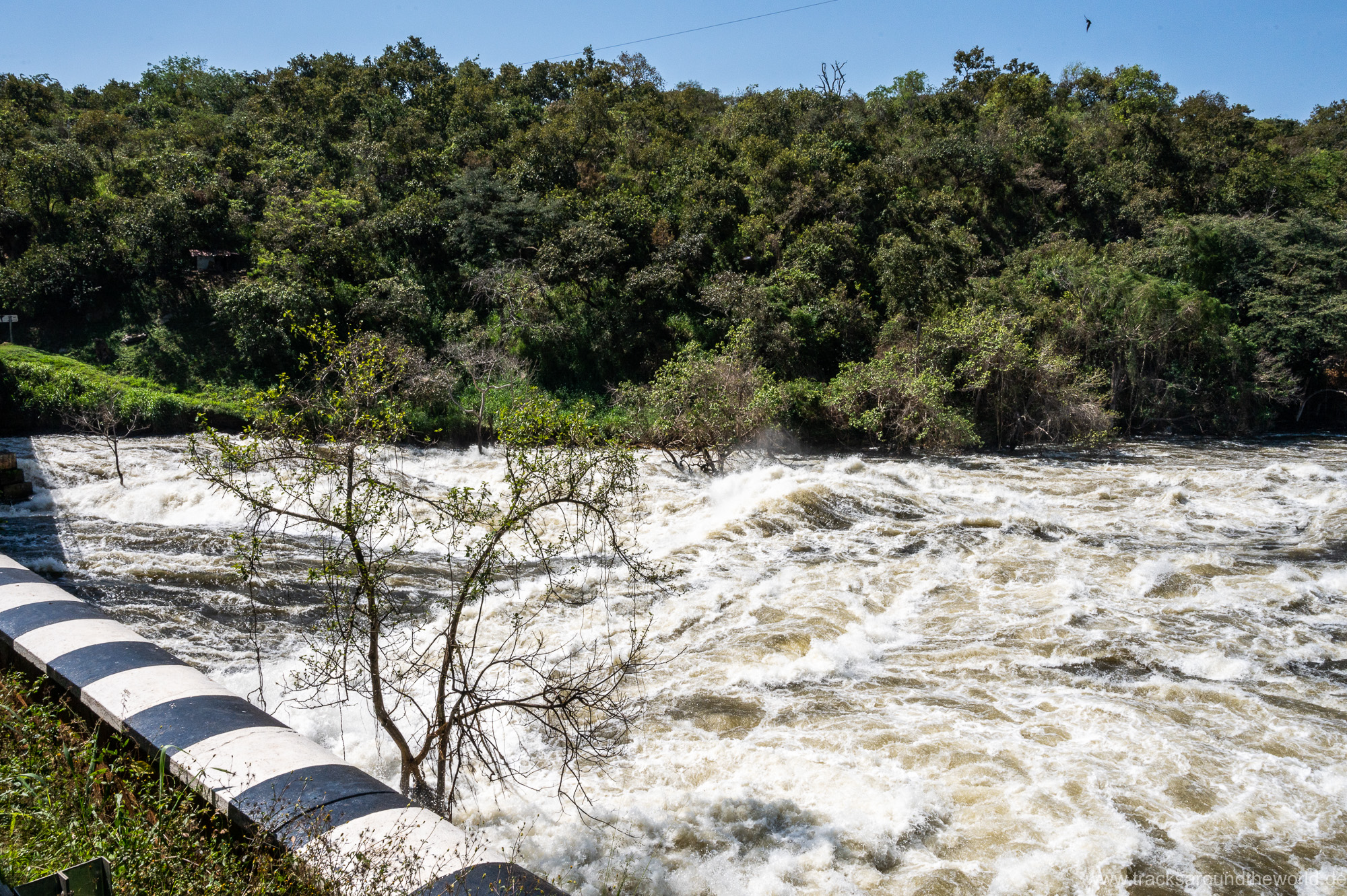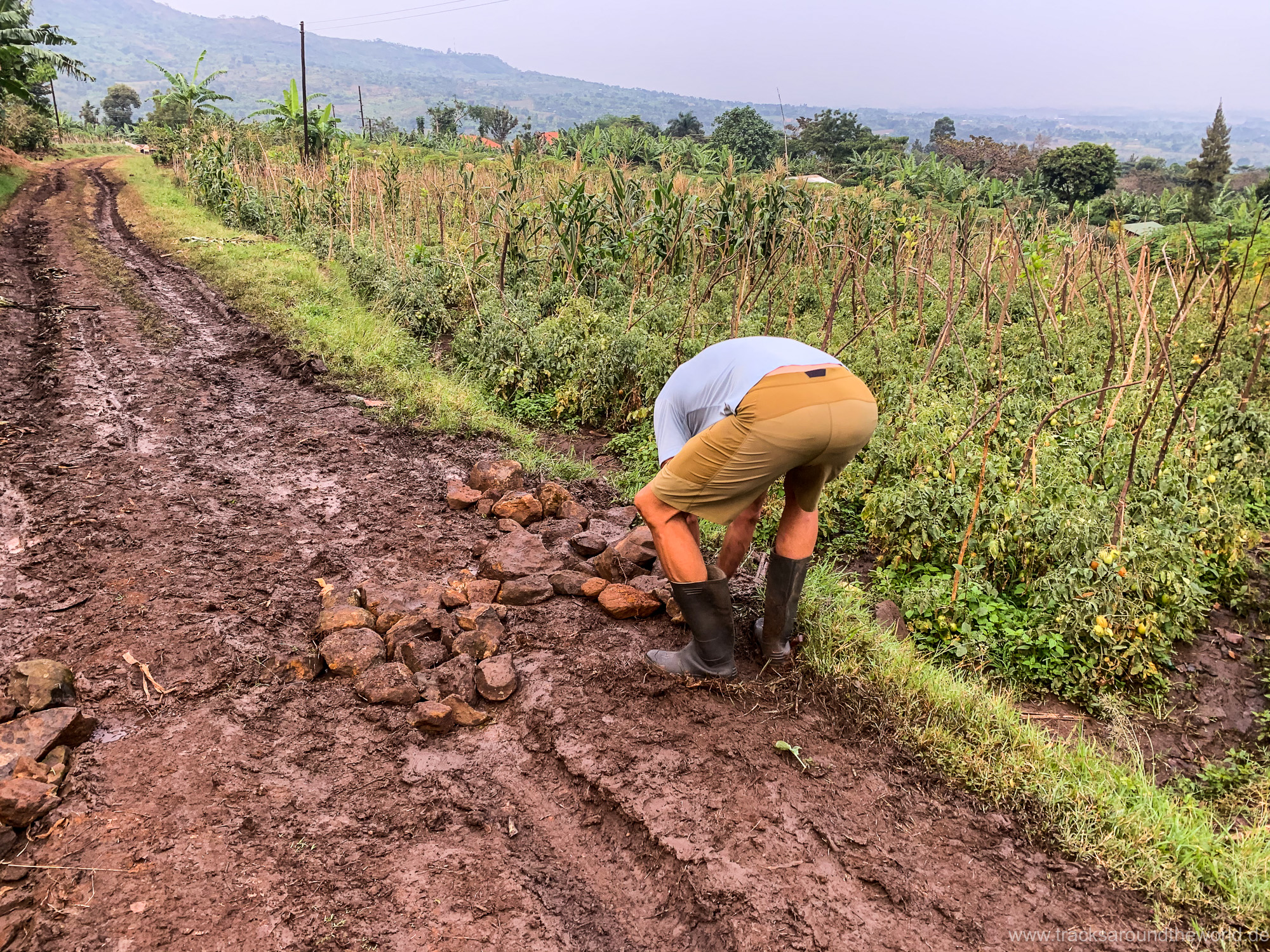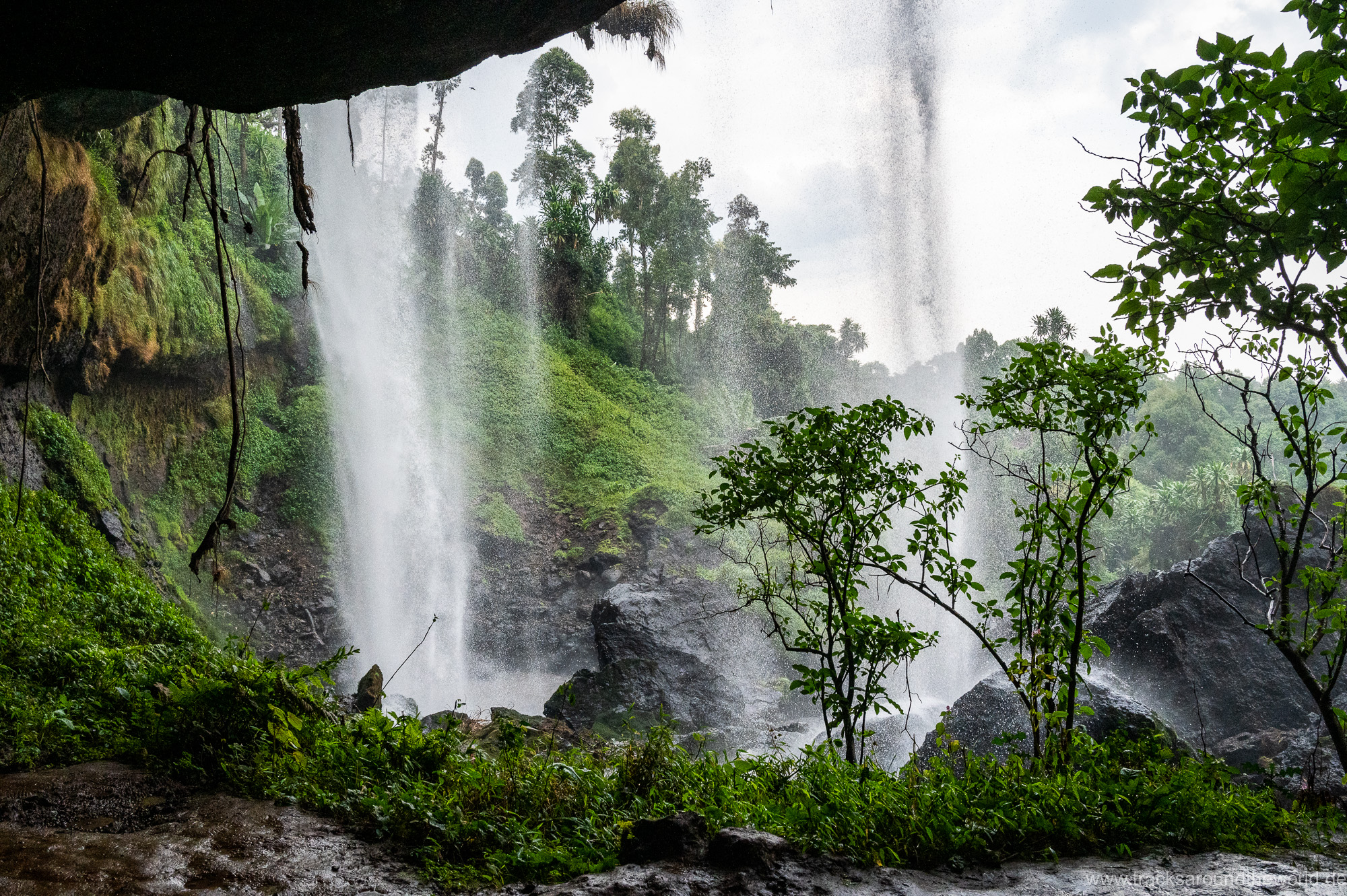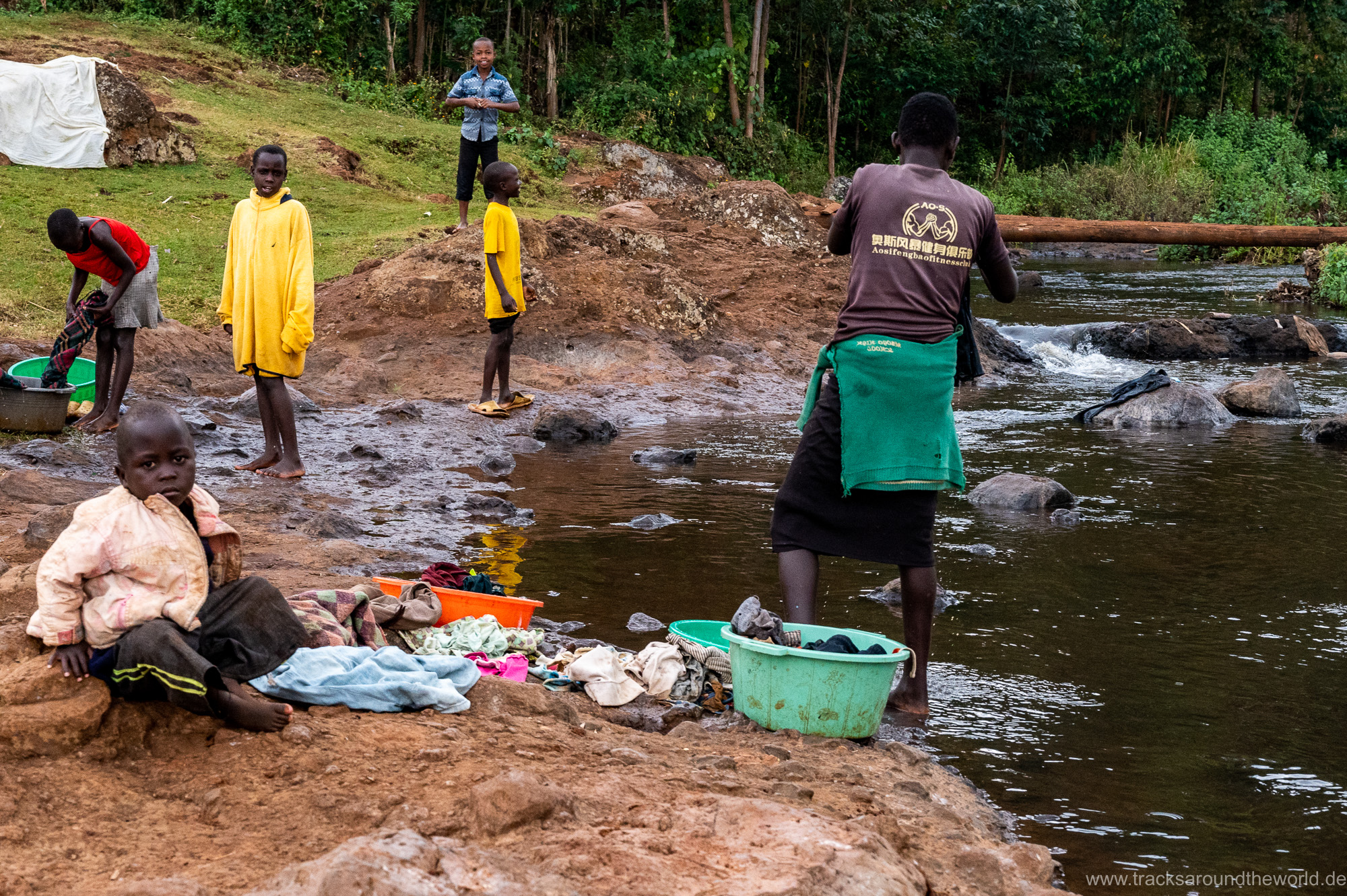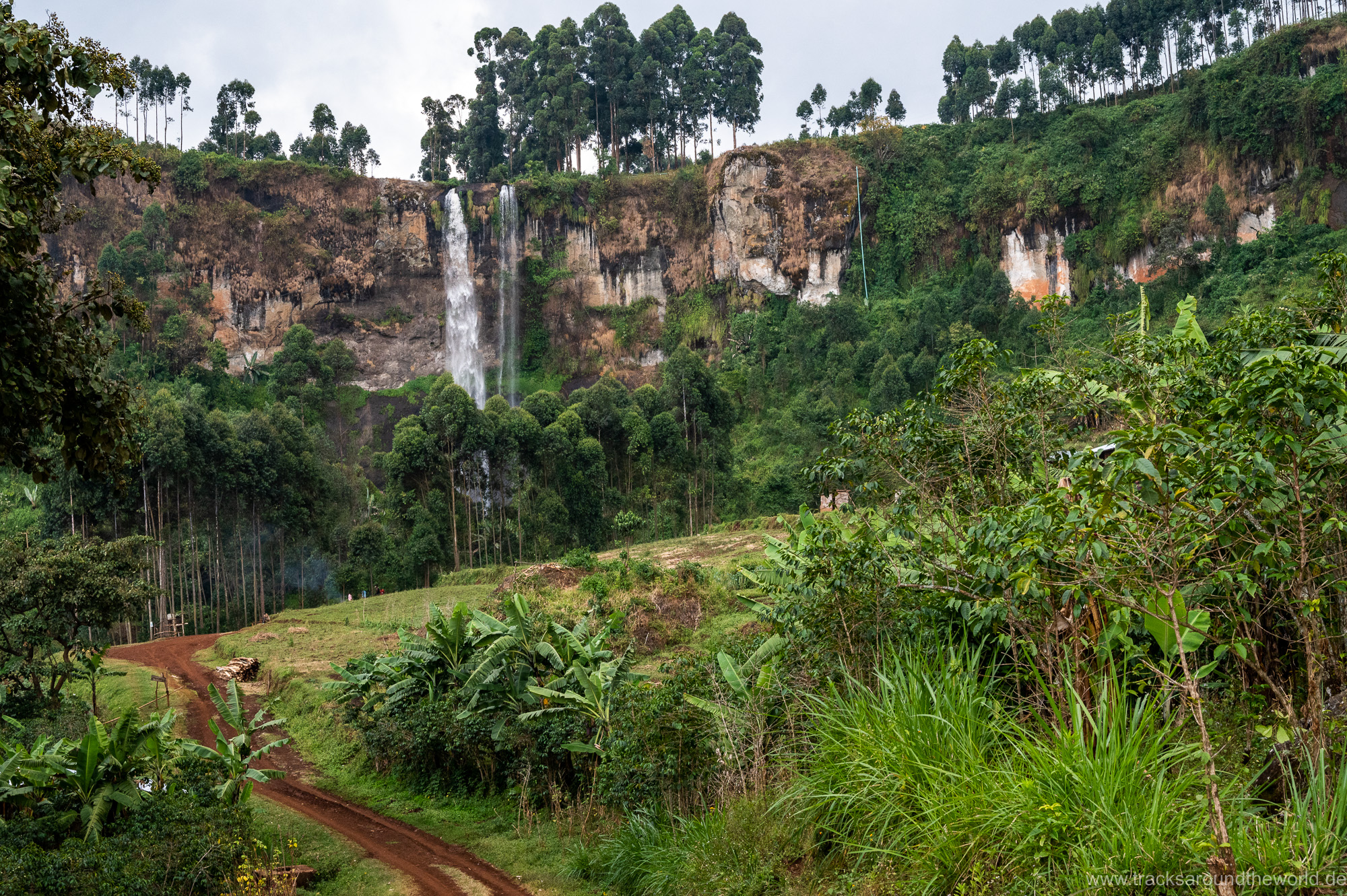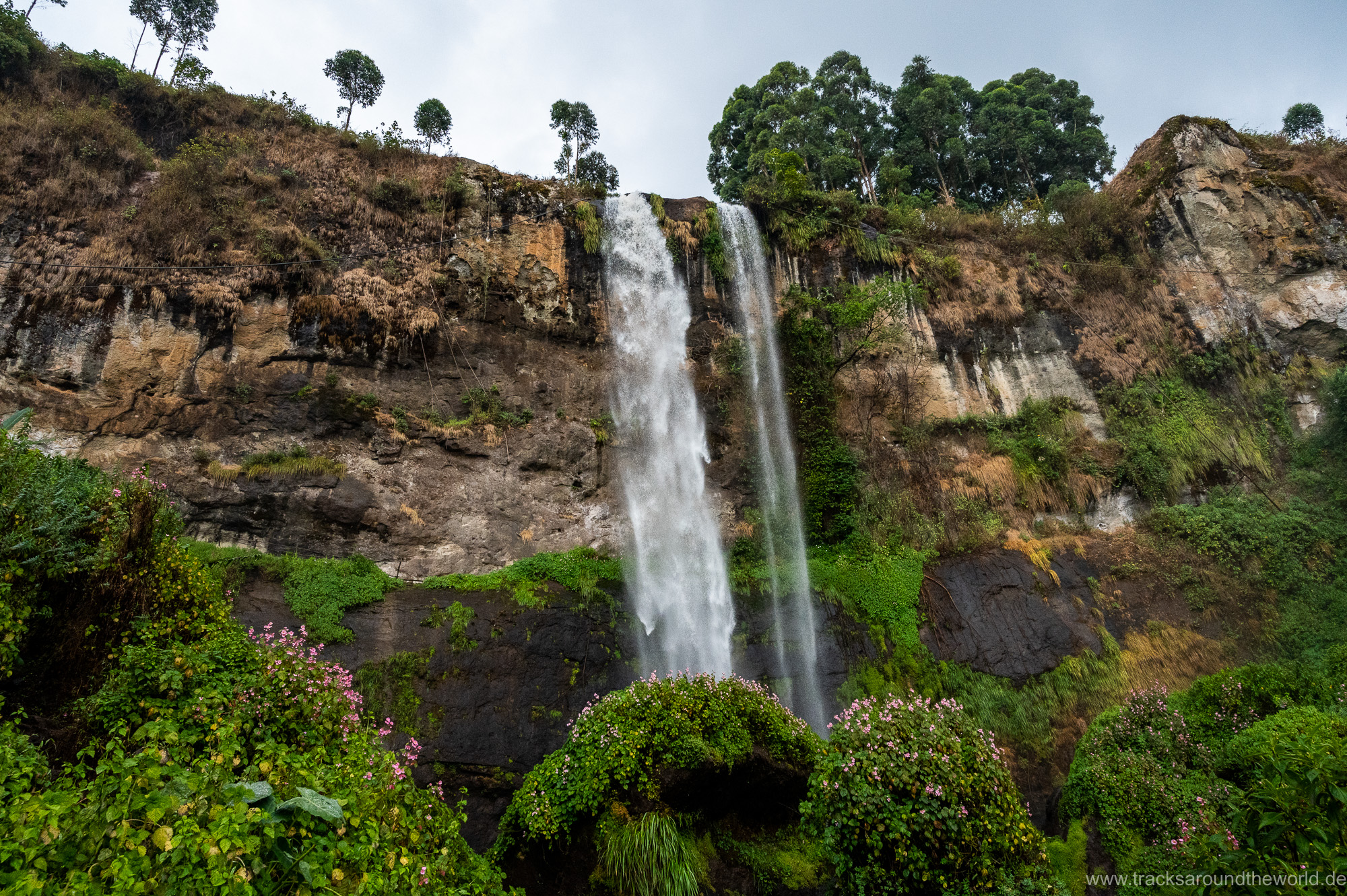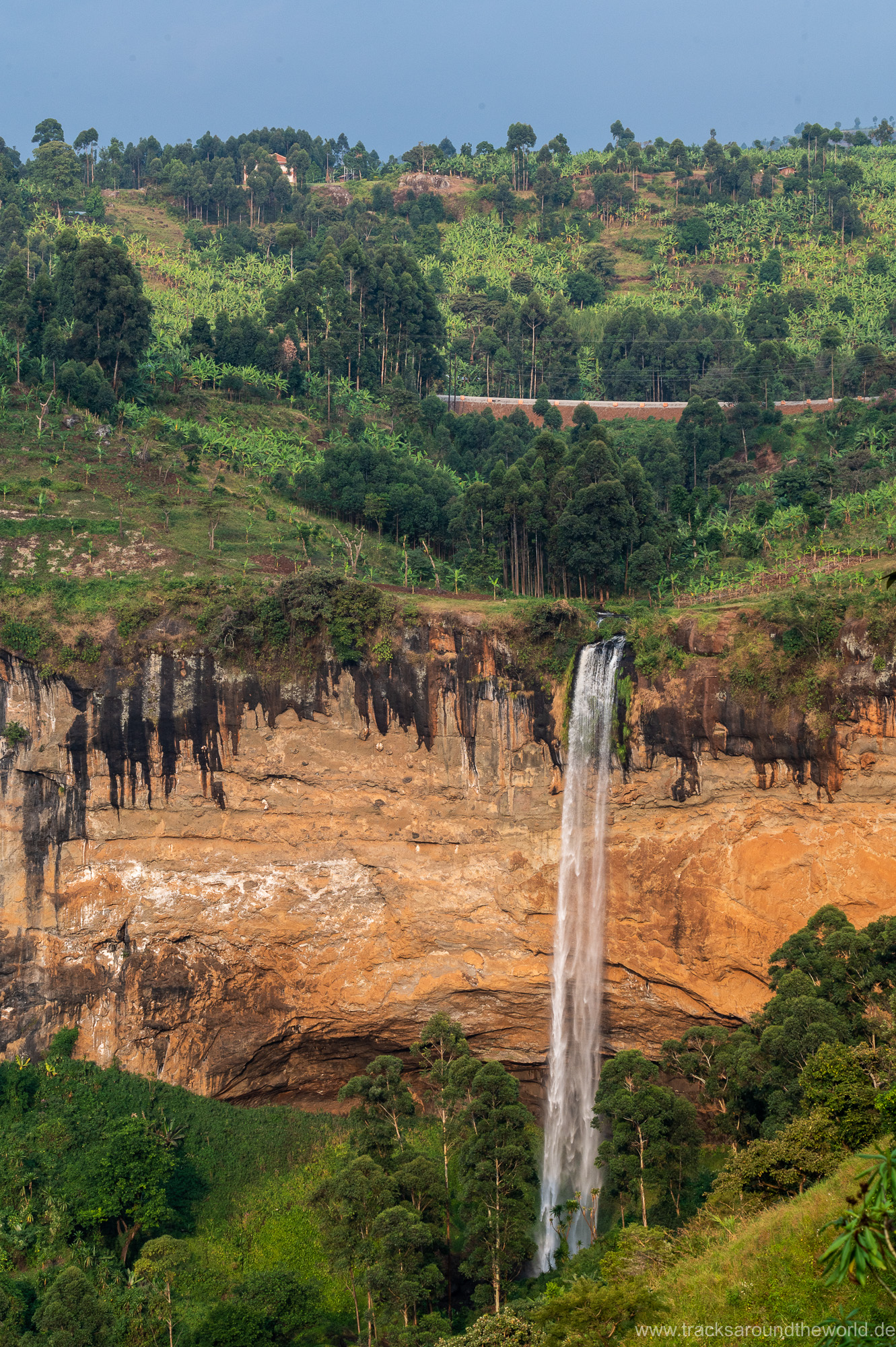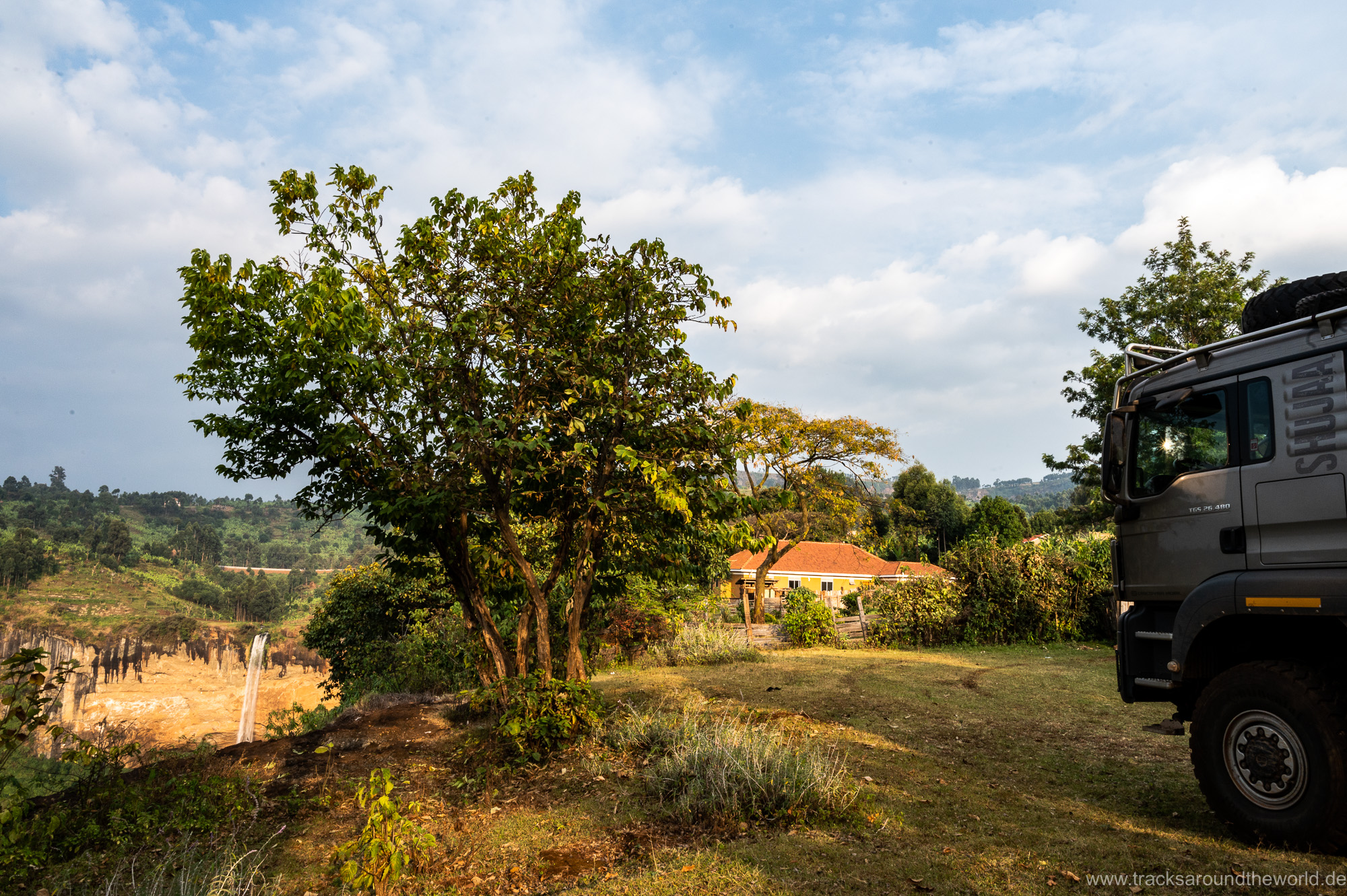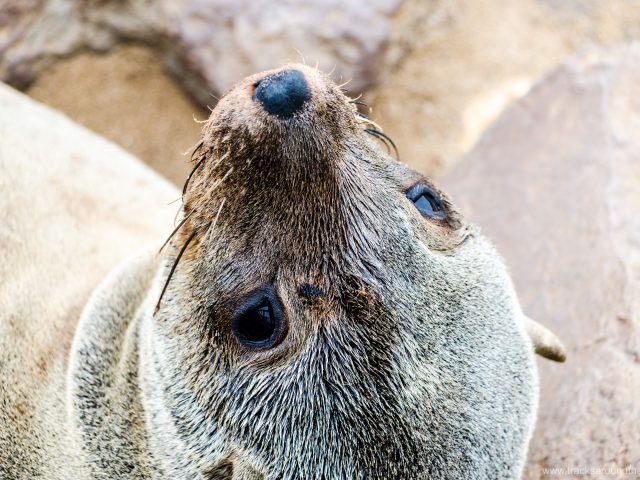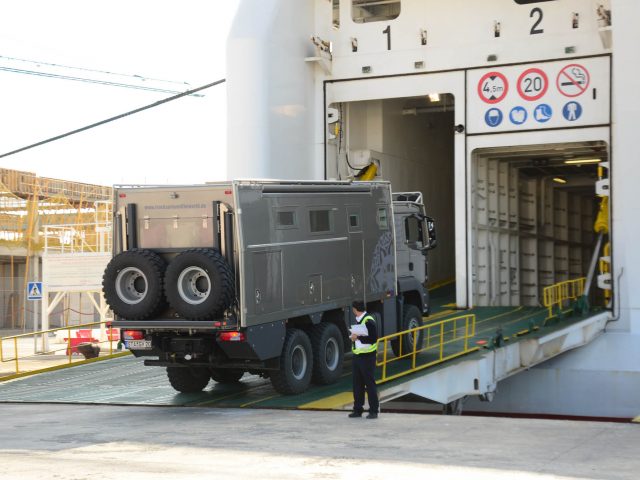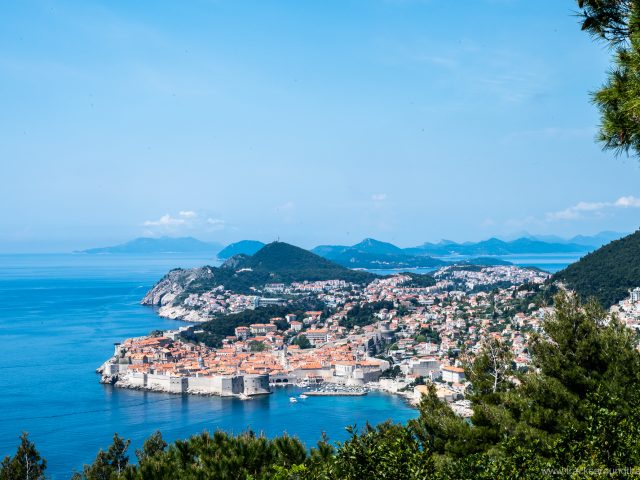Without a doubt, our visit to the mountain gorillas (see link) was not only an absolute highlight in Uganda but also one of our entire trip to Africa so far. But Uganda has a lot more to offer.
The border crossing from Tanzania, on the west side of the world’s second largest lake – Lake Victoria – is once again very relaxed. However, we get a first taste of the presidential elections, which will take place in mid-January. So far the incumbent, who has been in office for over 35 years, bitterly has taken action against every opposition candidate. There is a wild celebration on the street as part of an election party event, a few km later armored police vehicles speed past us. The mood is quite heated and we decide to leave the country again by election day at the latest. But we have almost 3 weeks.
From Lake Victoria we drive to the mountainous in the southwest of the country, not far from the border with Rwanda: We decided not visit Ruanda, as the entire entry and exit procedure for this very small country is too time-consuming for us in Corona times – moreover, for every visit to a national park a “fresh” corona test is required each time, which is not entirely what we want. Instead we stay in Uganda and stop at the picturesque mountain lake Bunyoni, where we take a contemplative canoe tour in a dream landscape and visit a former leprosy station isolated on a small island. After our gorilla trek, we continue our journey on a spectacular jungle track through the Bwindi National Park: the narrow track meanders through deepest mountain rainforest and climbs up to 2,600 meters – we are glad that it doesn’t rain otherwise the journey would have been a real slide.
In hardly any other country are we driving so much on unpaved slopes as in Uganda. This is also due to the fact that you can cross many national parks free of charge on transit tracks of partly desolate quality. In addition to the Bwindi N.P. this also applies to the Queen Elisabeth N.P. on Lake Edward. (with the world’s highest population of hippos) and the Murchinson Falls N.P. (with the raging Victoria Nile).
Here in the far west of Uganda, on the immediate border with the Congo, the landscape is lush green and very fertile. Nevertheless, the temperatures at altitudes around 1,500 meters are quite pleasant, but with high humidity.
In the Rwenzori Mountains, that have the second highest mountain in Africa next to Kilimanjaro, we go on another mountain hike. Fortunately, only as a long day hike, but it is enough to get our underpants wet in this rainiest area in Africa. All guides and rangers wear rubber boots instead of mountain shoes. Making a multi-day excursion here that is necessary to climb the summit would definitely not be our thing.
Vegetation and climate change dramatically as we move on to the Kidepo N.P. in northern Uganda, on the immediate border with South Sudan. It is considered to be one of the loneliest and most remote national parks in the world and was voted the third best park in Africa by CNN. So, we set off with correspondingly high expectations and curiosity. For once, the slopes are better than expected. Once in the park, our paradise awaits us. Wide and open grass plains along a river valley (with a scenery very similar to the Serengeti), a lot of animals and an absolutely lonely bush camp on a hill with a fantastic view and only inhabited by us. We stay here for 2.5 days, do extensive game drives with our Quad Shujoo (here in Uganda no one is interested in whether you are on foot or by motorcycle in the N.P.) and let the day end by the campfire. At night we here the lions roaring. In addition to the Mudumu N.P. In the Caprivi Strip in Namibia this is our favorite park for wild camping with Shujaa in Africa. Due to corona, the park entrance fees have been reduced by 50%, so that the costs are still significantly more expensive than in Namibia, but are generally within reasonable limits. On the afternoon of the third day, dark storm clouds make us leave with a heavy heart. We don’t feel like a mud fight and pat each other on the shoulders because of our extensive travel and driving experience, which has not brought us into a really critical situation with Shujaa in our almost 12 months in Africa. But pride comes before the fall …
Unfortunately, we have to find out two days later that this was a little premature: With over 450 km (150 km of which are demanding off-road tracks) we have a far too long day of driving, which weakens our concentration. None of the overnight places we looked at met our expectations and so we “stiffened” on the last option: a campground at a “picturesque” waterfall described on iOverlander as suitable also for big rigs. The access road is very narrow, I ask if we should get out and walk there in order to better assess the situation, but Karin says “it’ll be okay” and I’m tired and just want a parking space. The track doesn’t look challenging, but suddenly there is deep morass, as water runs onto the path from the mountain slopes. Shujaa struggles and slides. On the valley side, just a hand’s breadth away from the rear axle, there is a field more than a meter lower. With the last traction we come to a somewhat drier area. After getting out and analyzing the surroundings, the next shocks: no turning opportunity (the campground is much too small to drive into and resembles a swamp) and when carefully reversing we immediately slide towards the valley side and threaten to fall into the lower-lying field. Of course, you could have easily seen everything if you had walked the route beforehand, but that doesn’t help us now. So again, with some difficulties we drive up to a somewhat drier path and spend the night in an inclined position (with the appropriate thoughts keeping us awake and loudly croaking frogs in the swamp next door). The next morning – fortunately it did not rain overnight – we start paving the way with collected stones, level the track and make it more grippy with slightly drier, eroded earth. Then the new attempt very slowly in reverse…. and it works. We don’t slide anymore. We cancel the gravel truck that we have ordered to be on the safe side.
So we can still leave Uganda the next day after having visited the beautiful Sipi Falls, two days before the presidential elections, and enter our next country – Kenya – again without any problems. Social media was started to be turned off in Uganda during our border crossing and on the Kenyan side there are thousands of trucks waiting at the border – we hardly see anyone entering Uganda at the moment.


